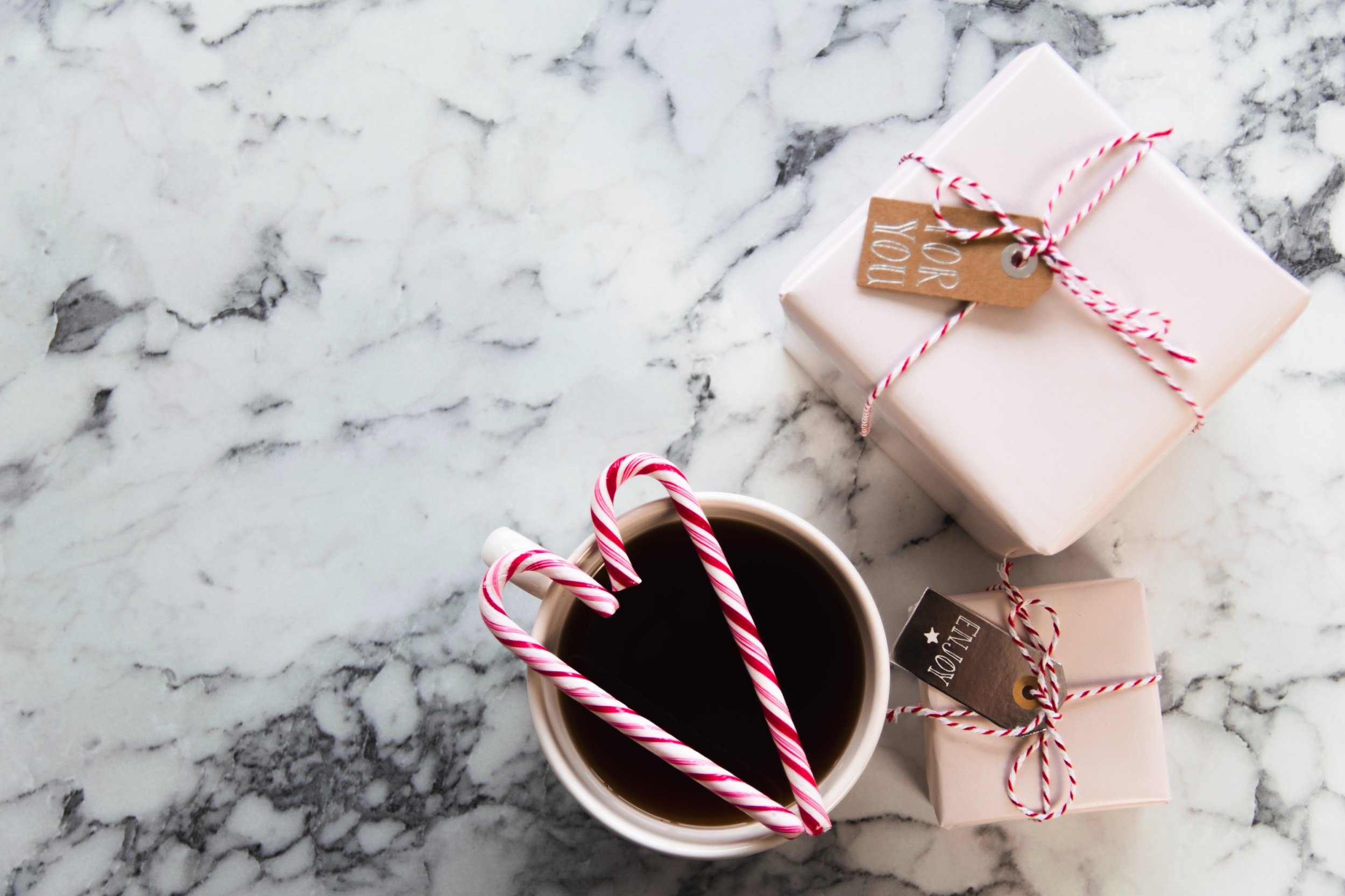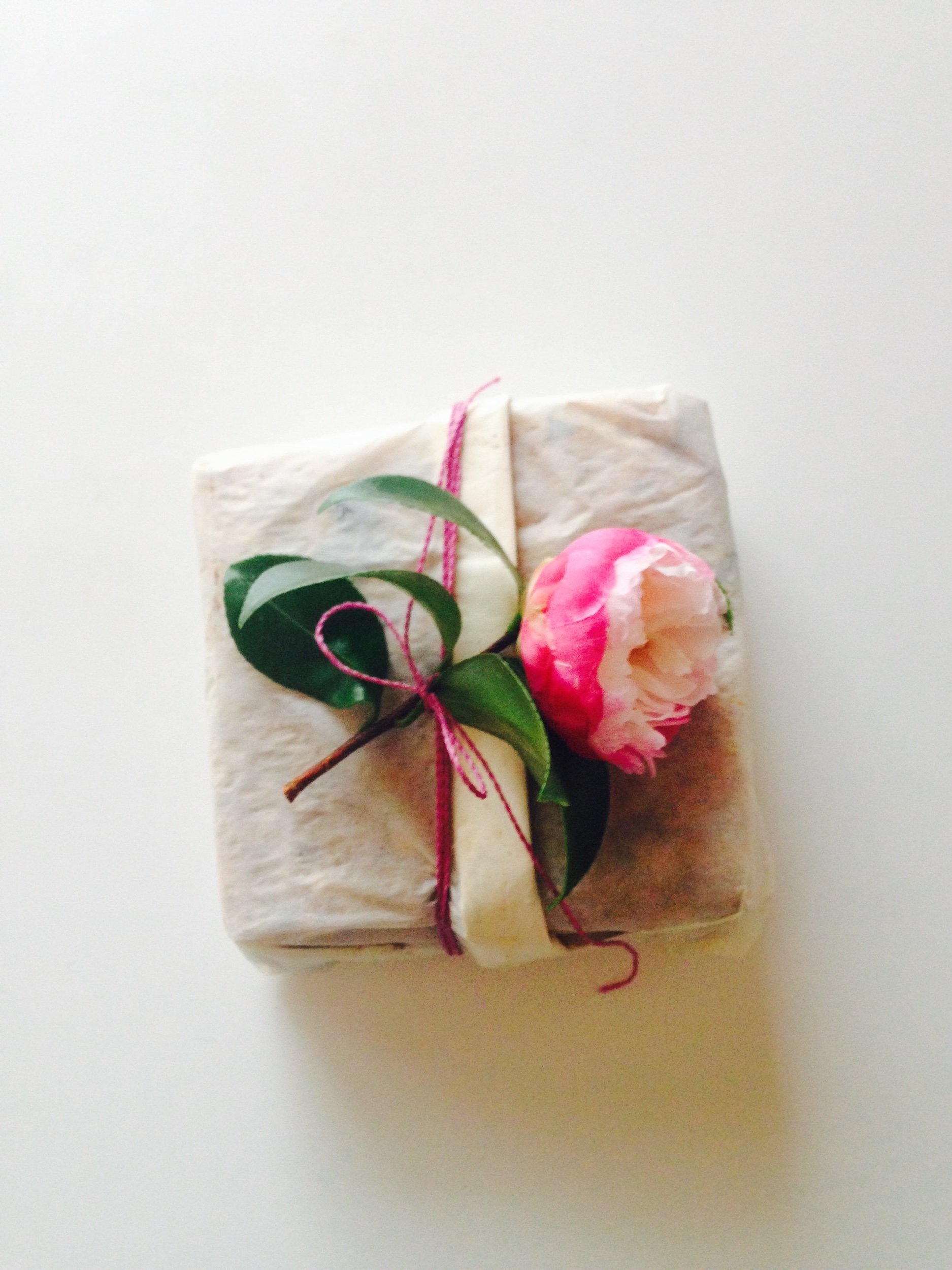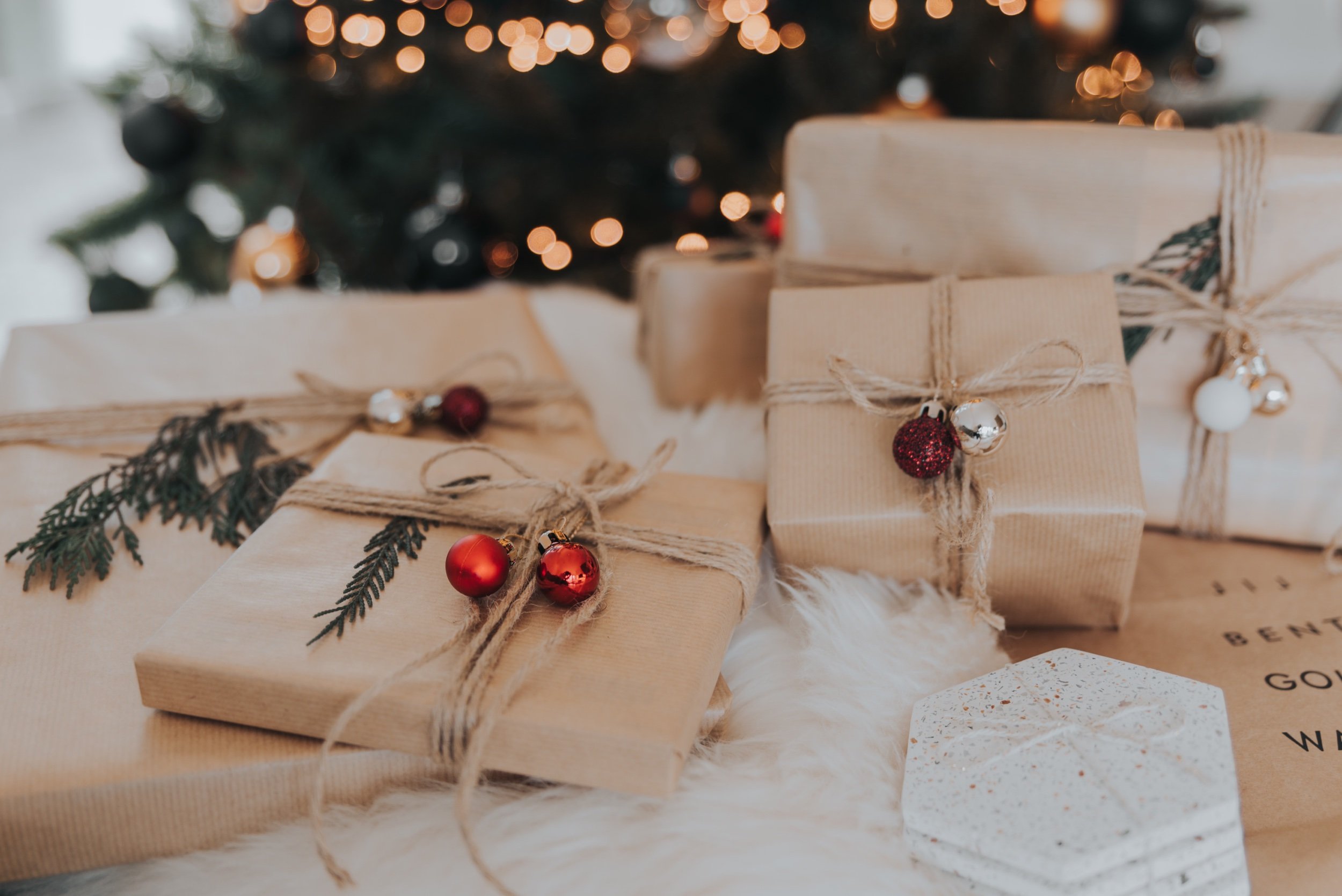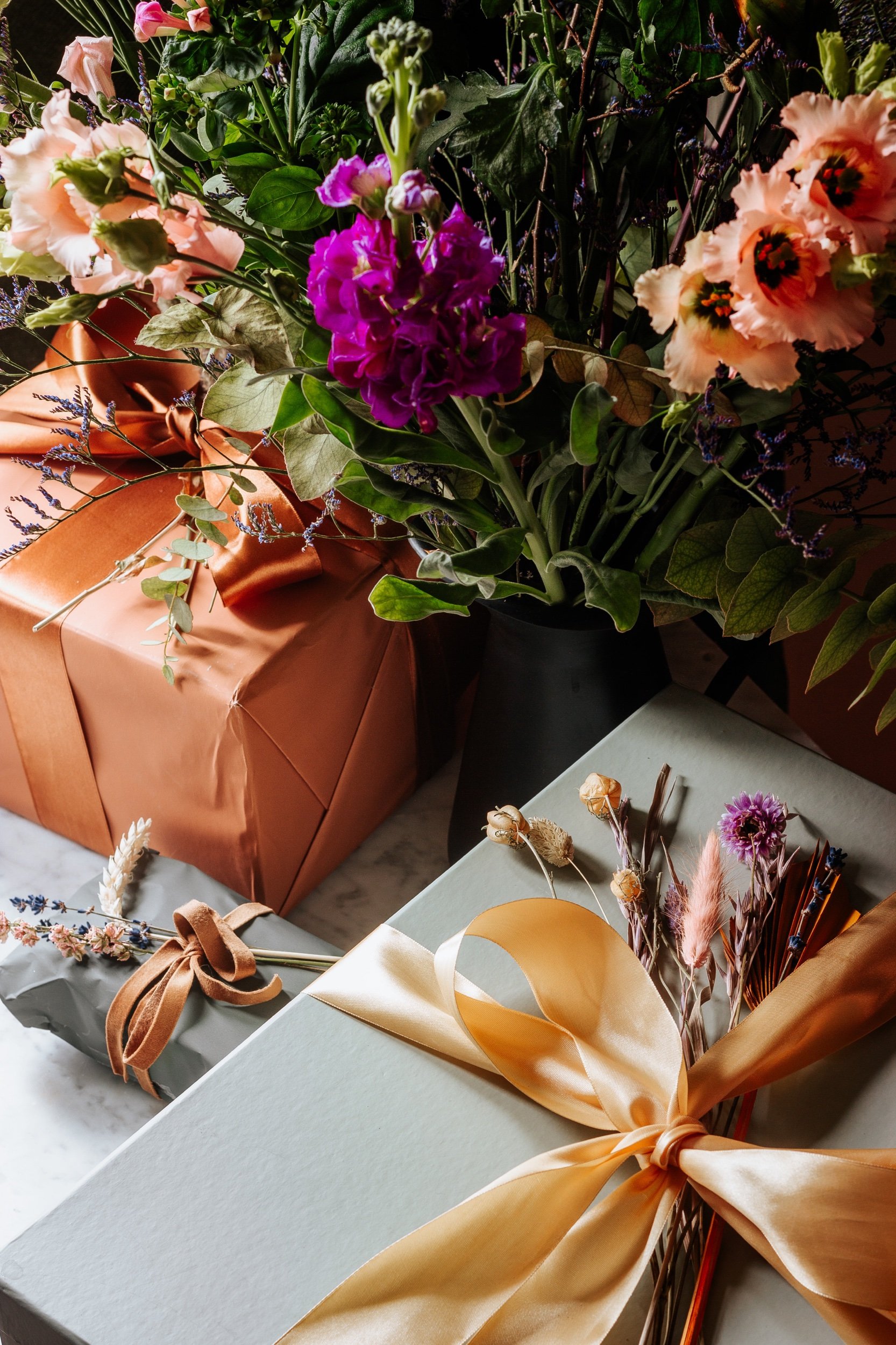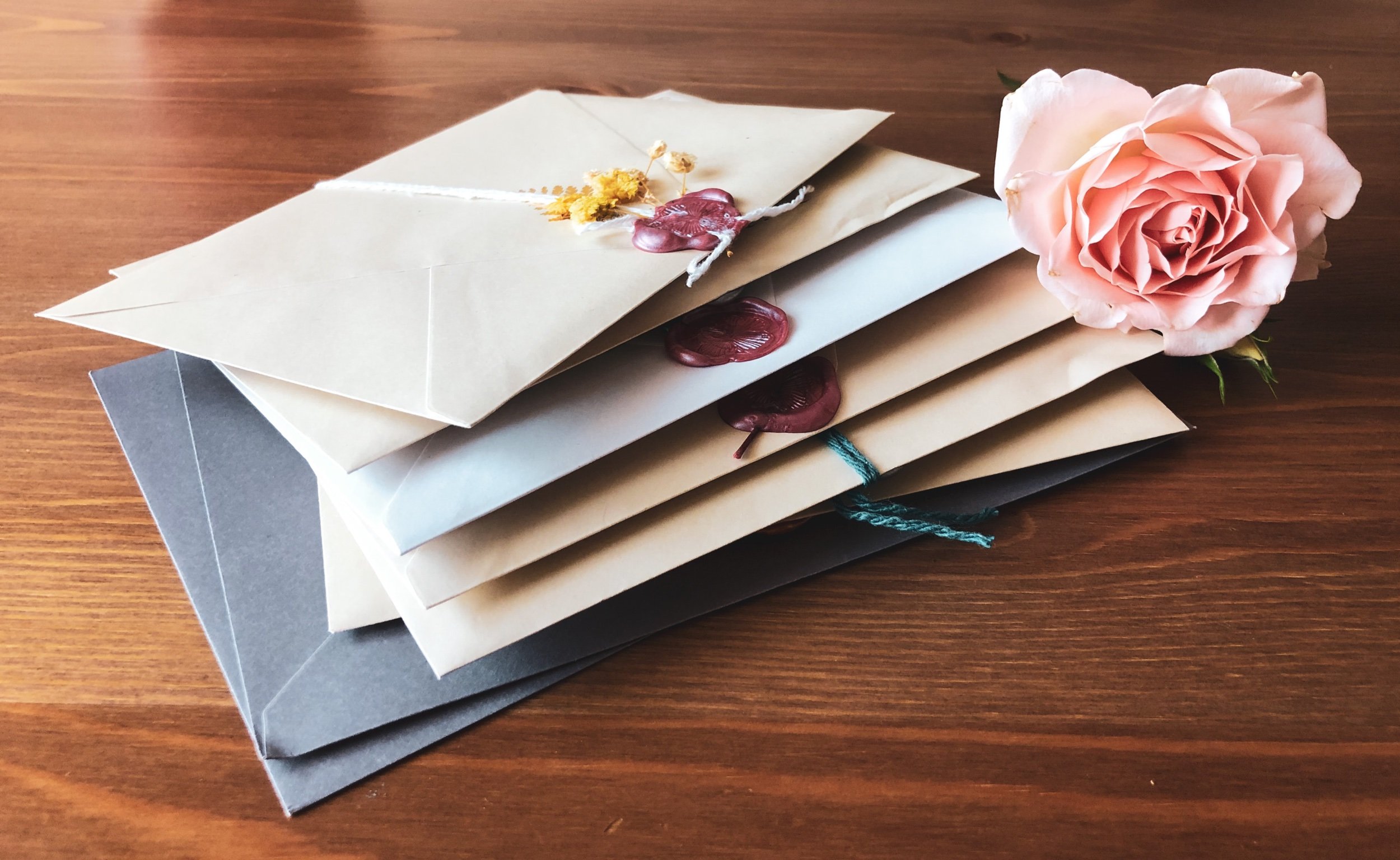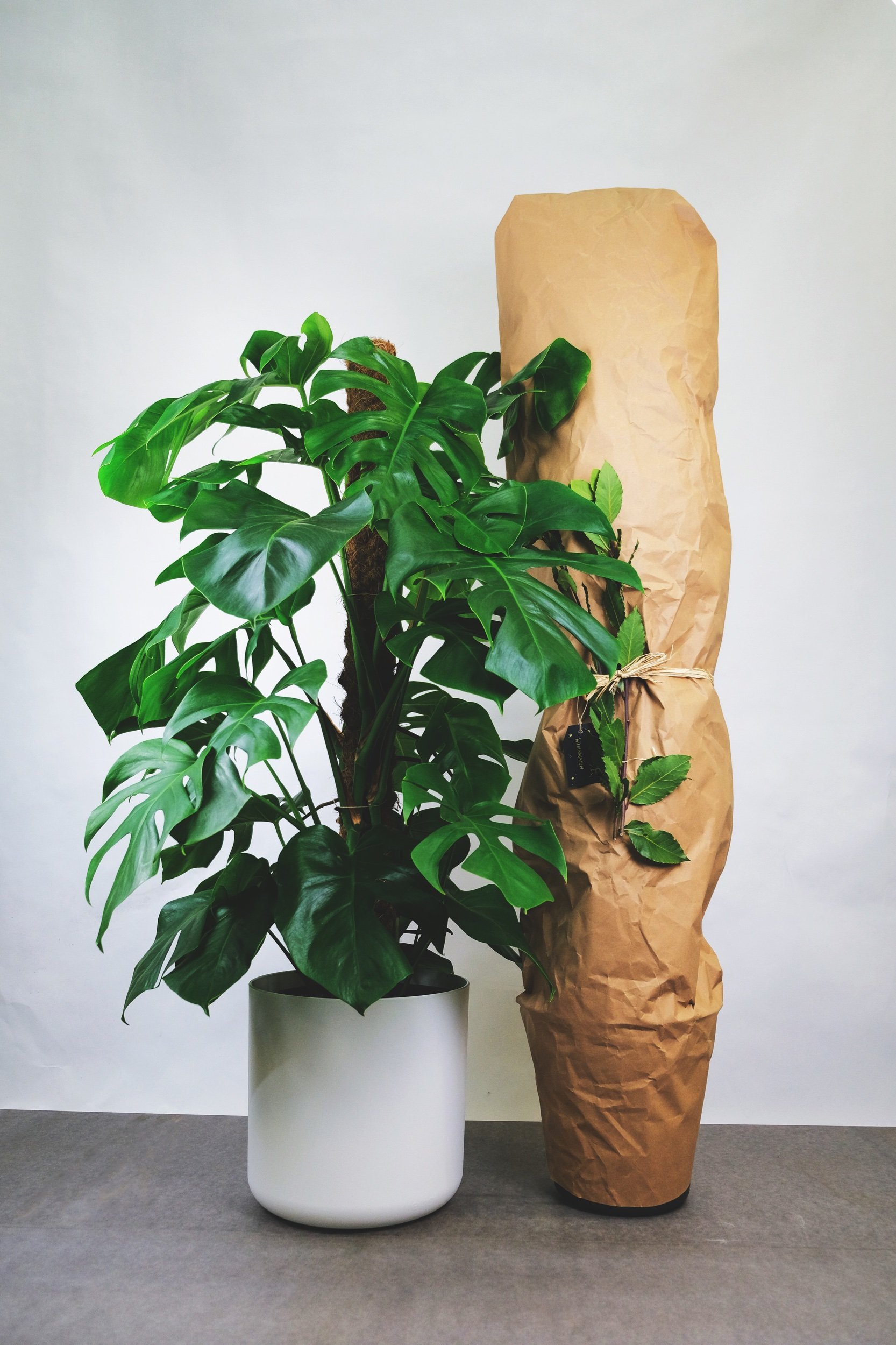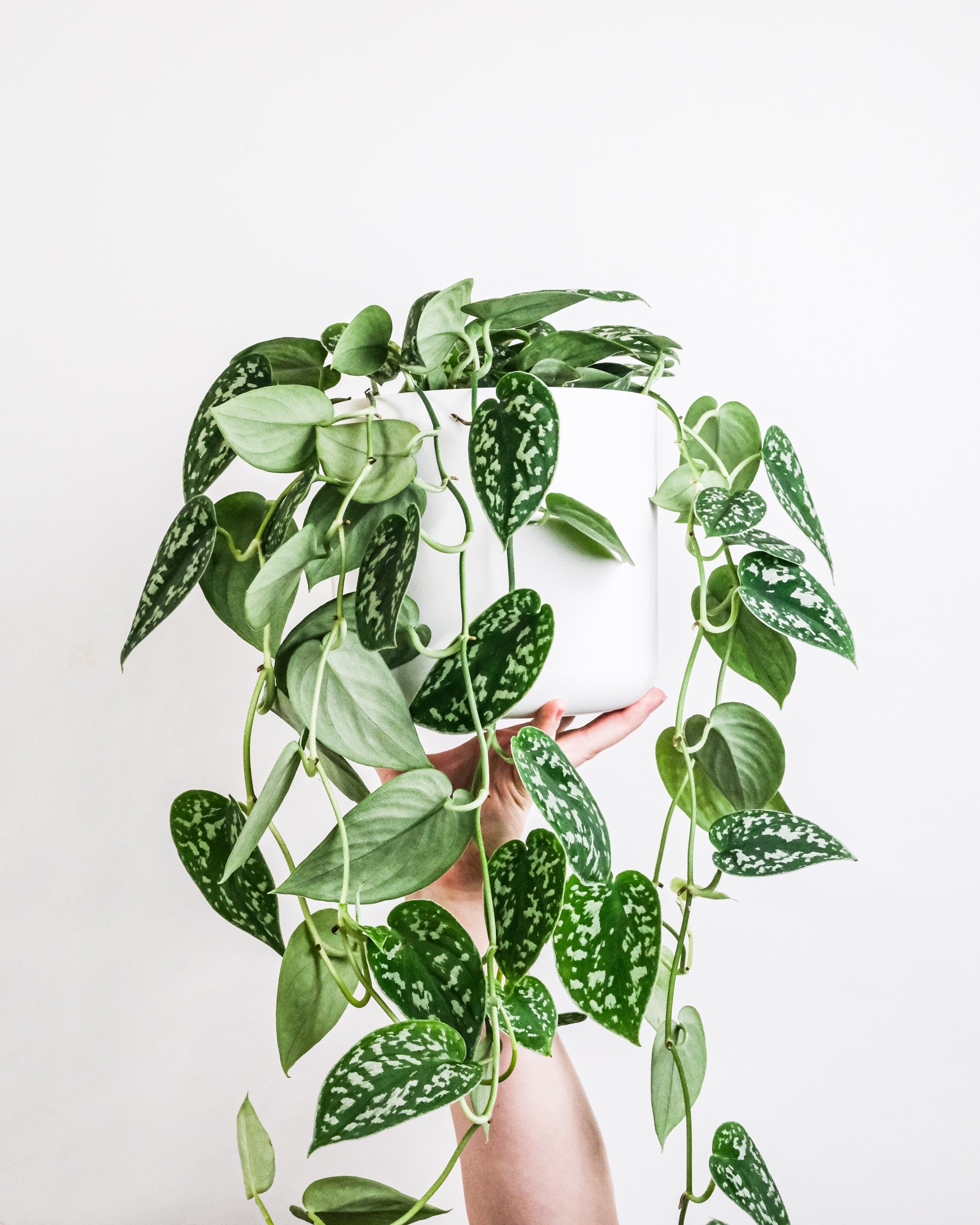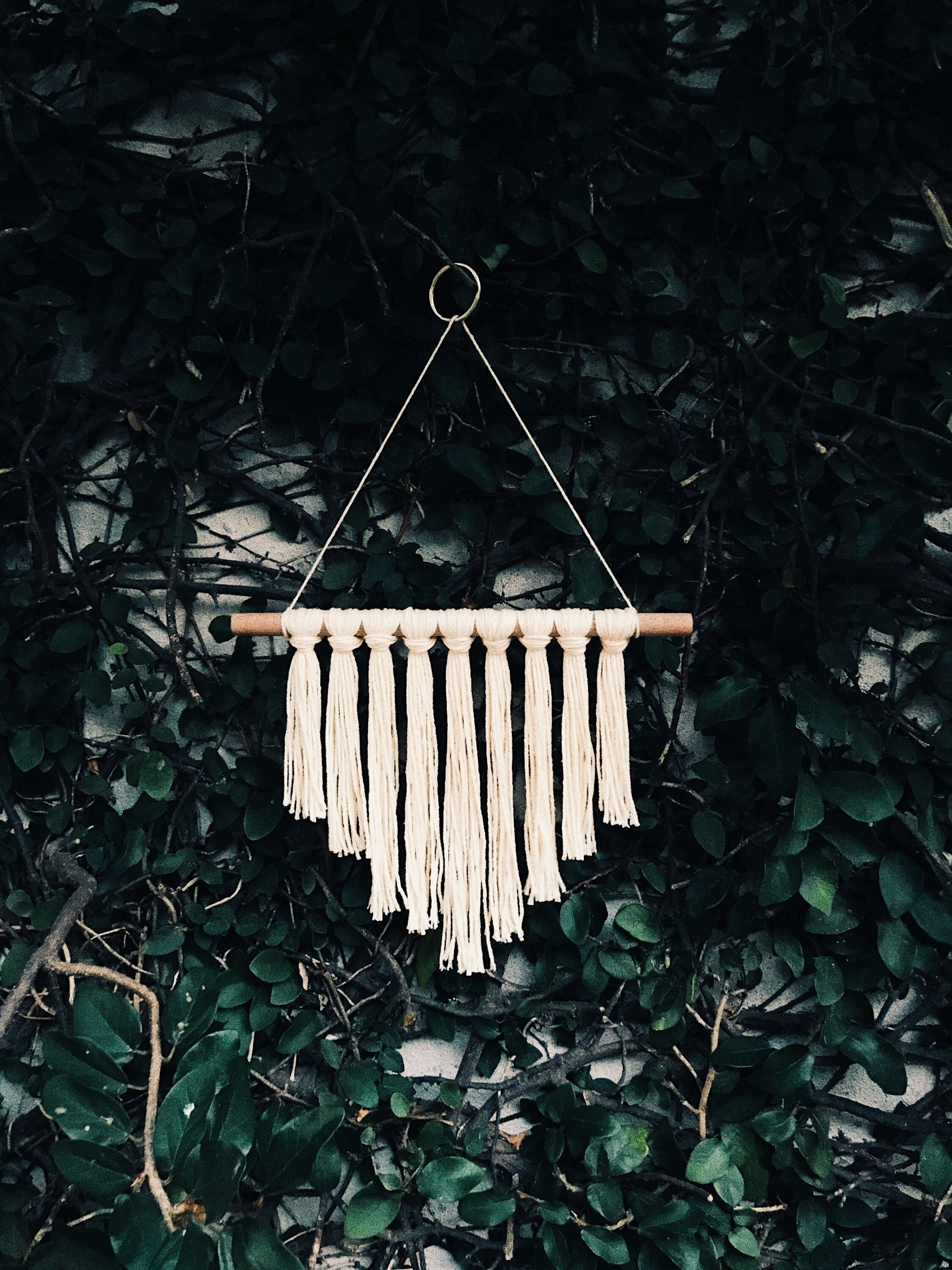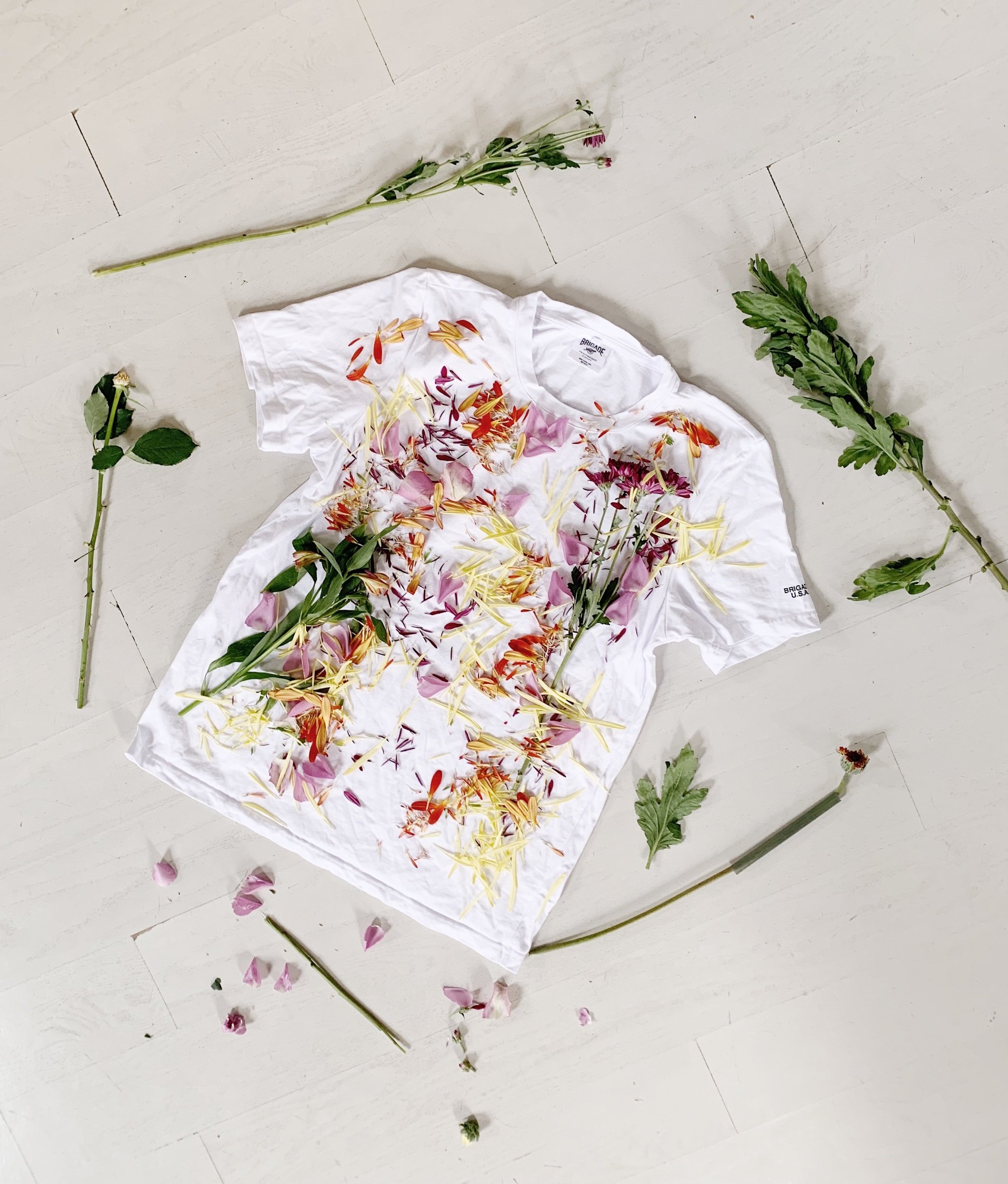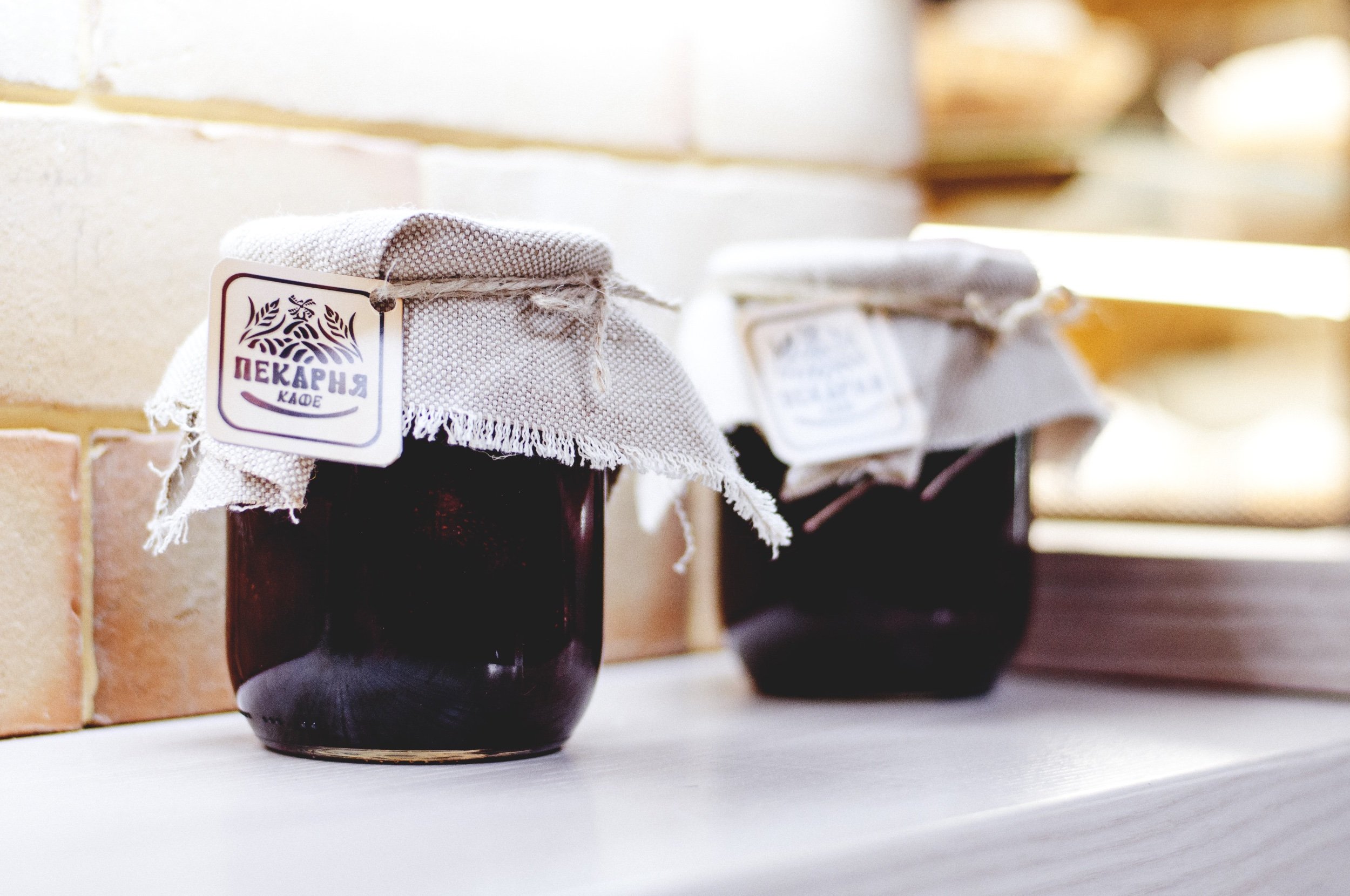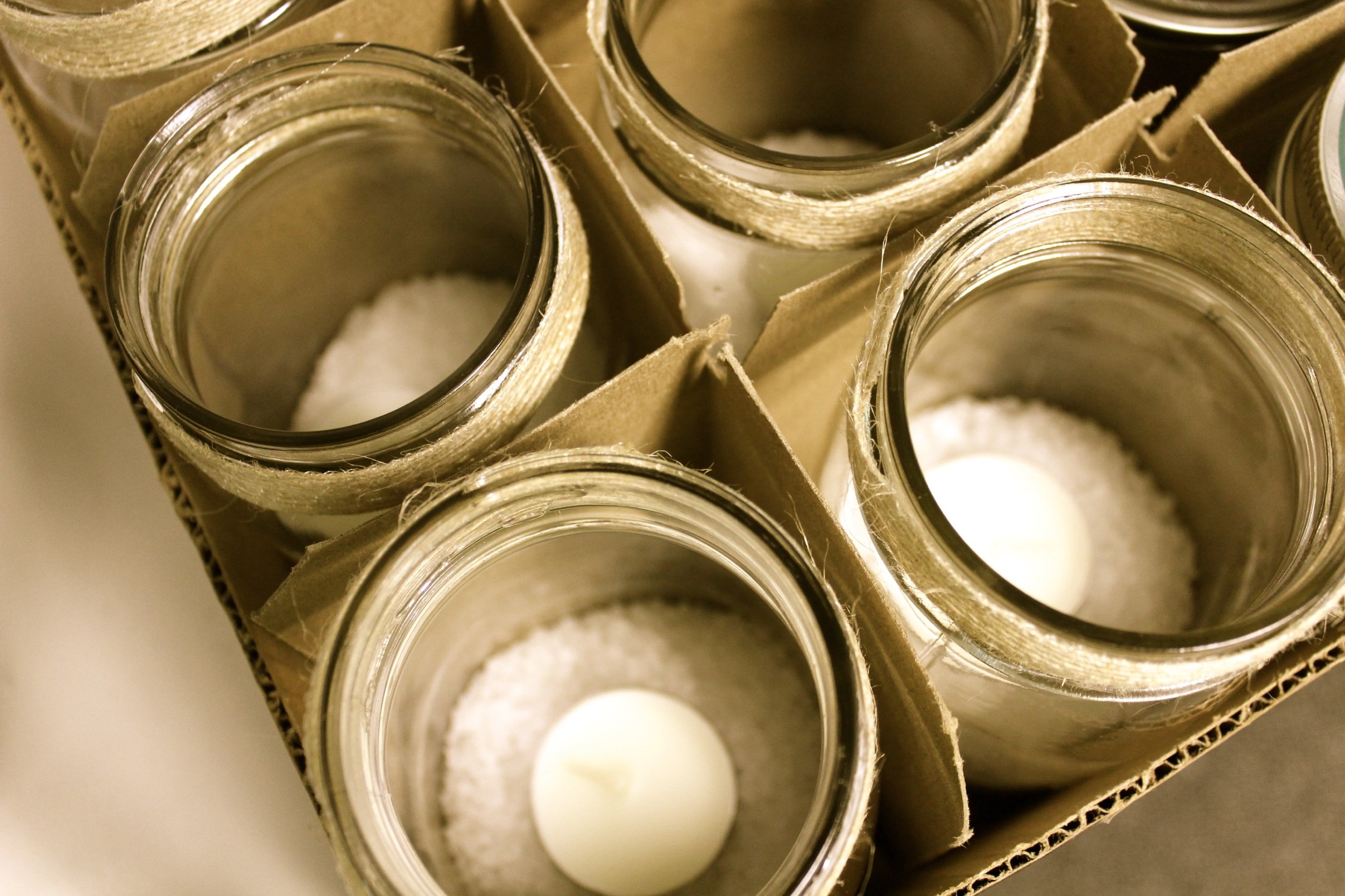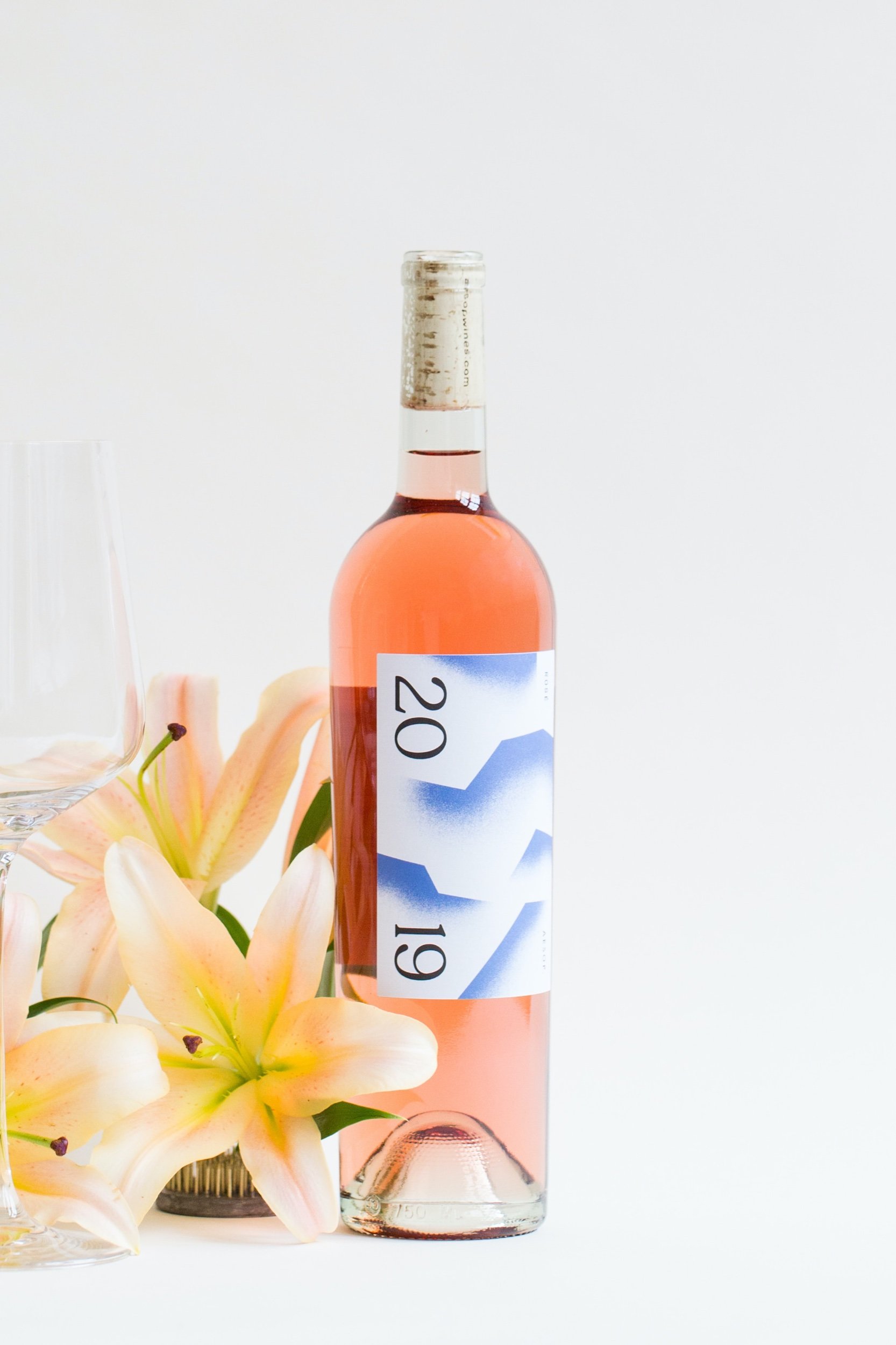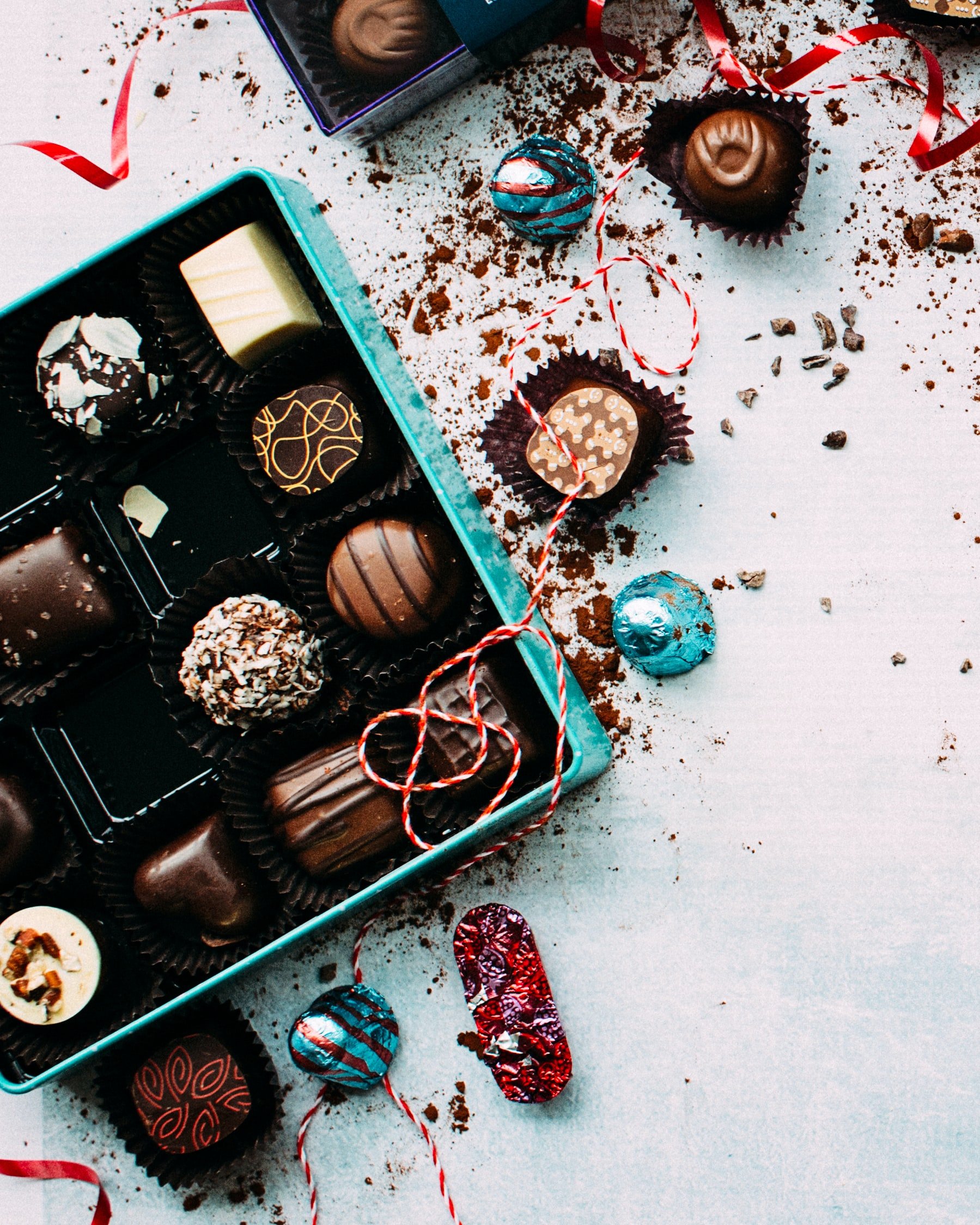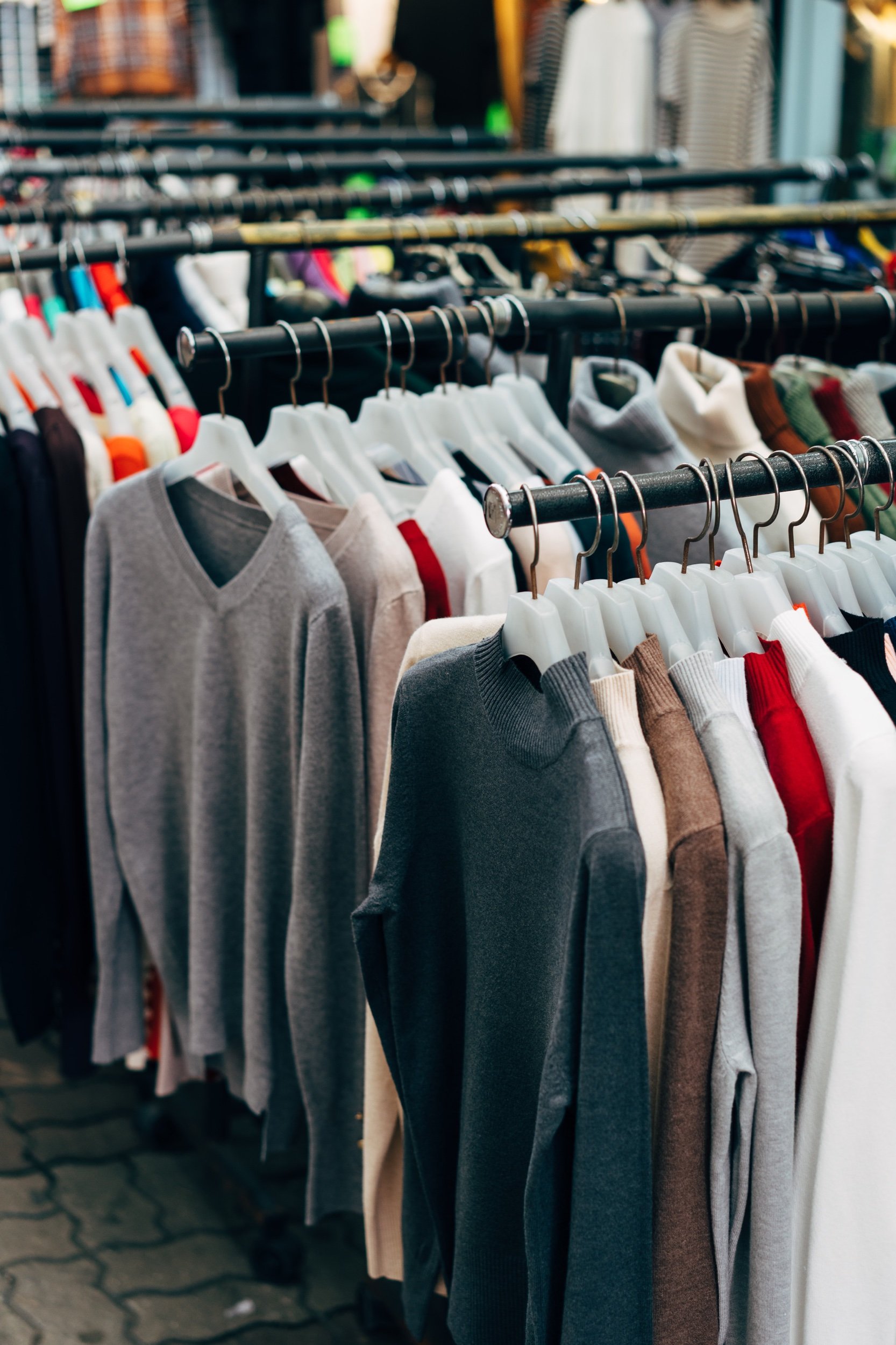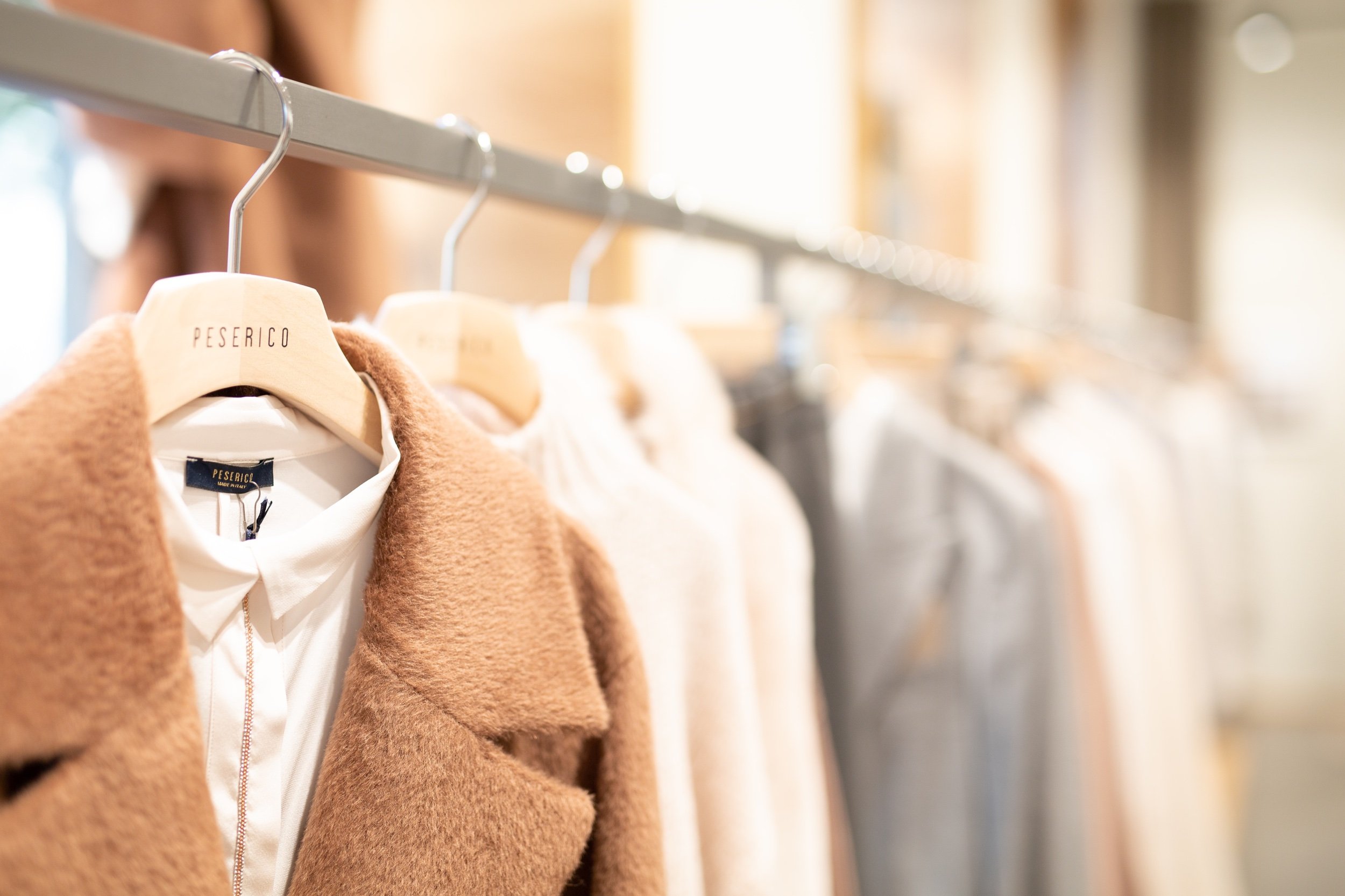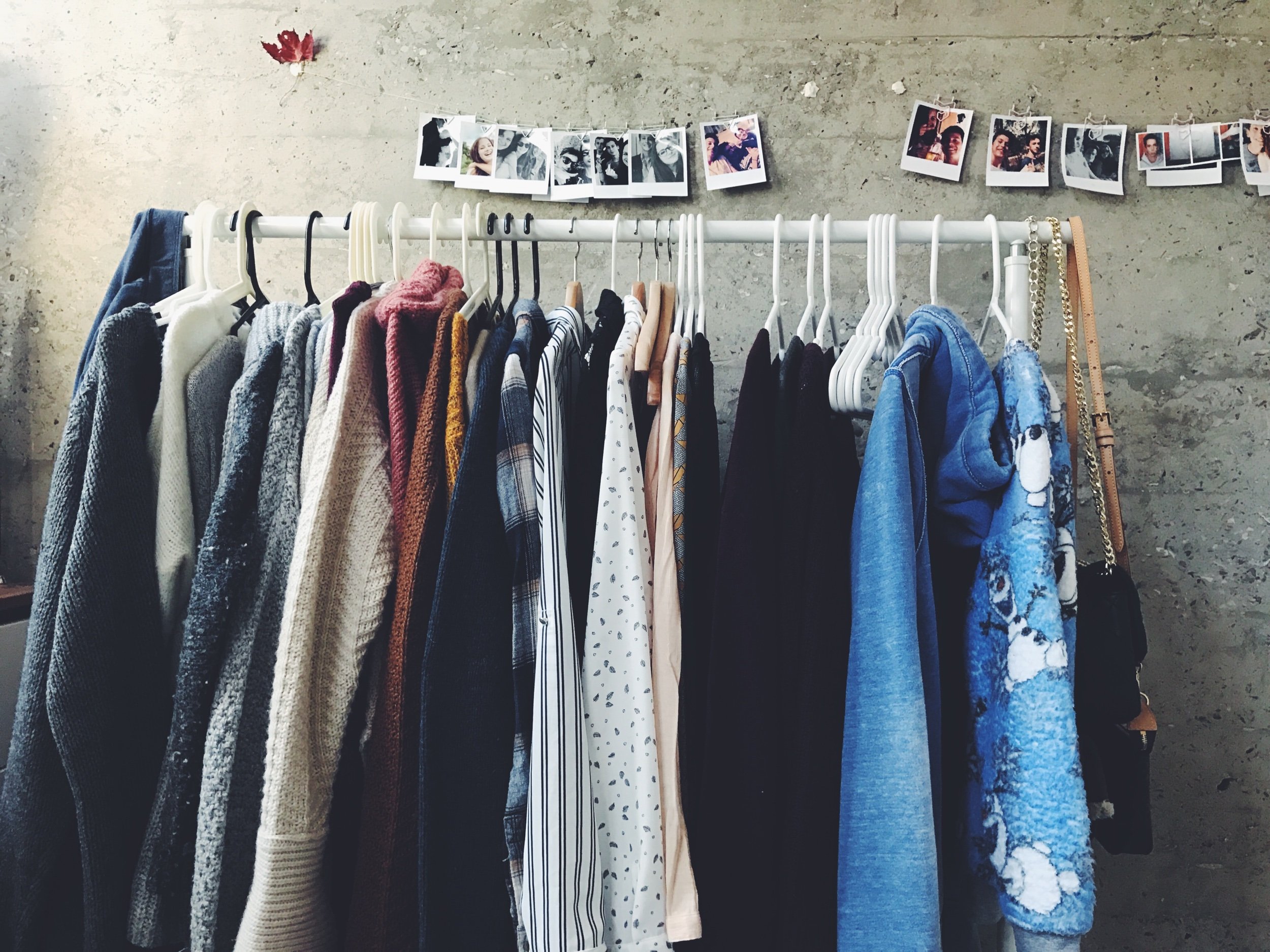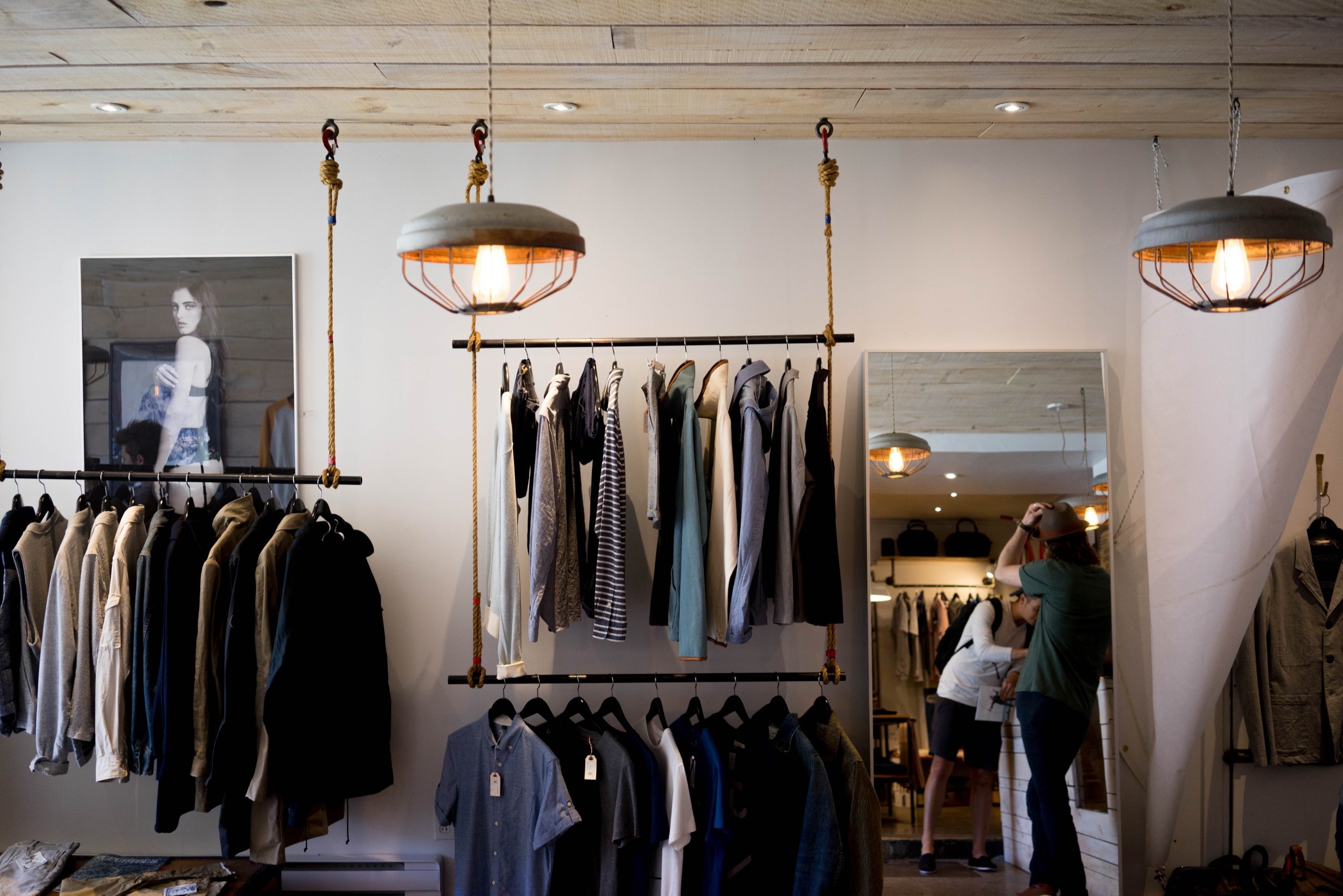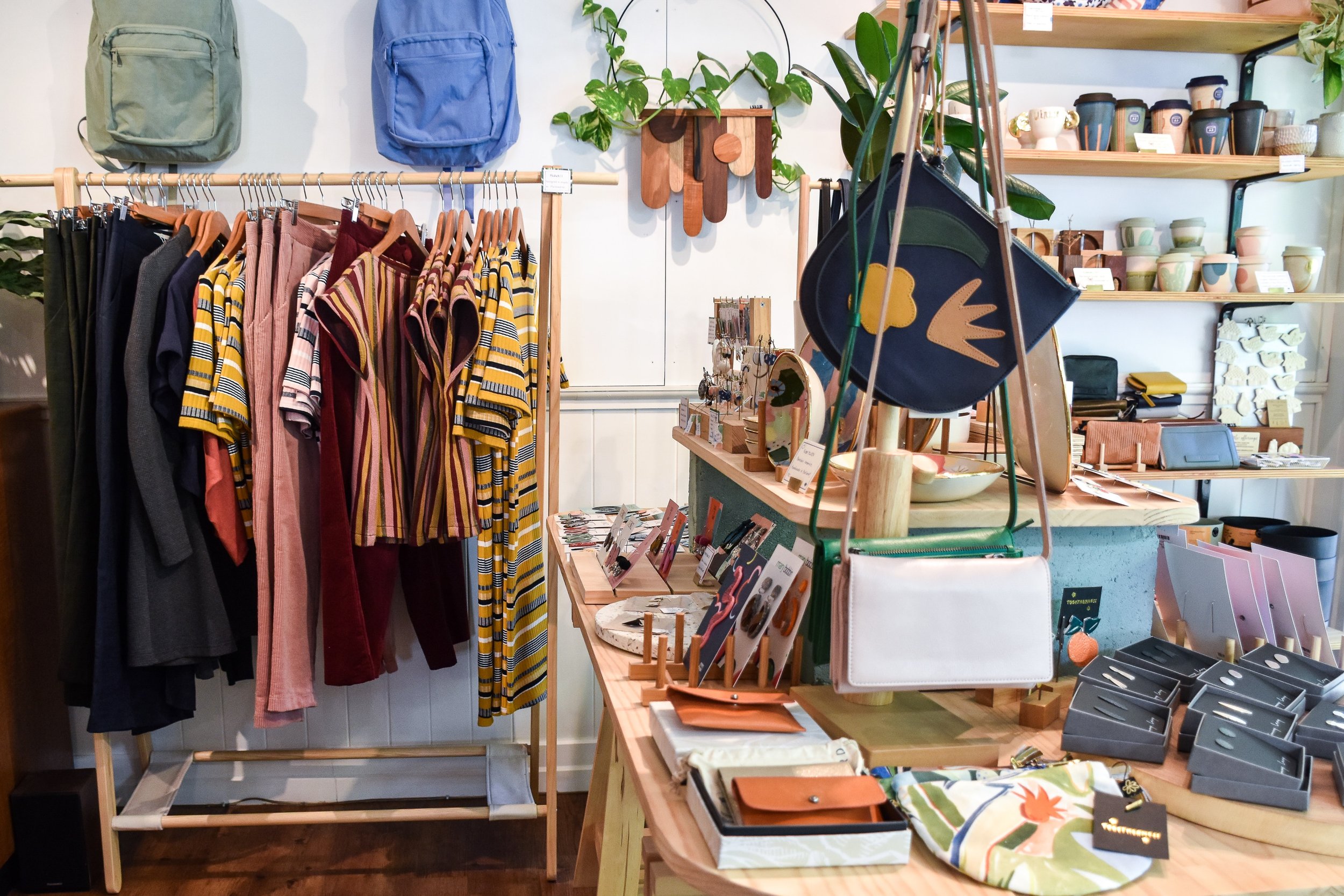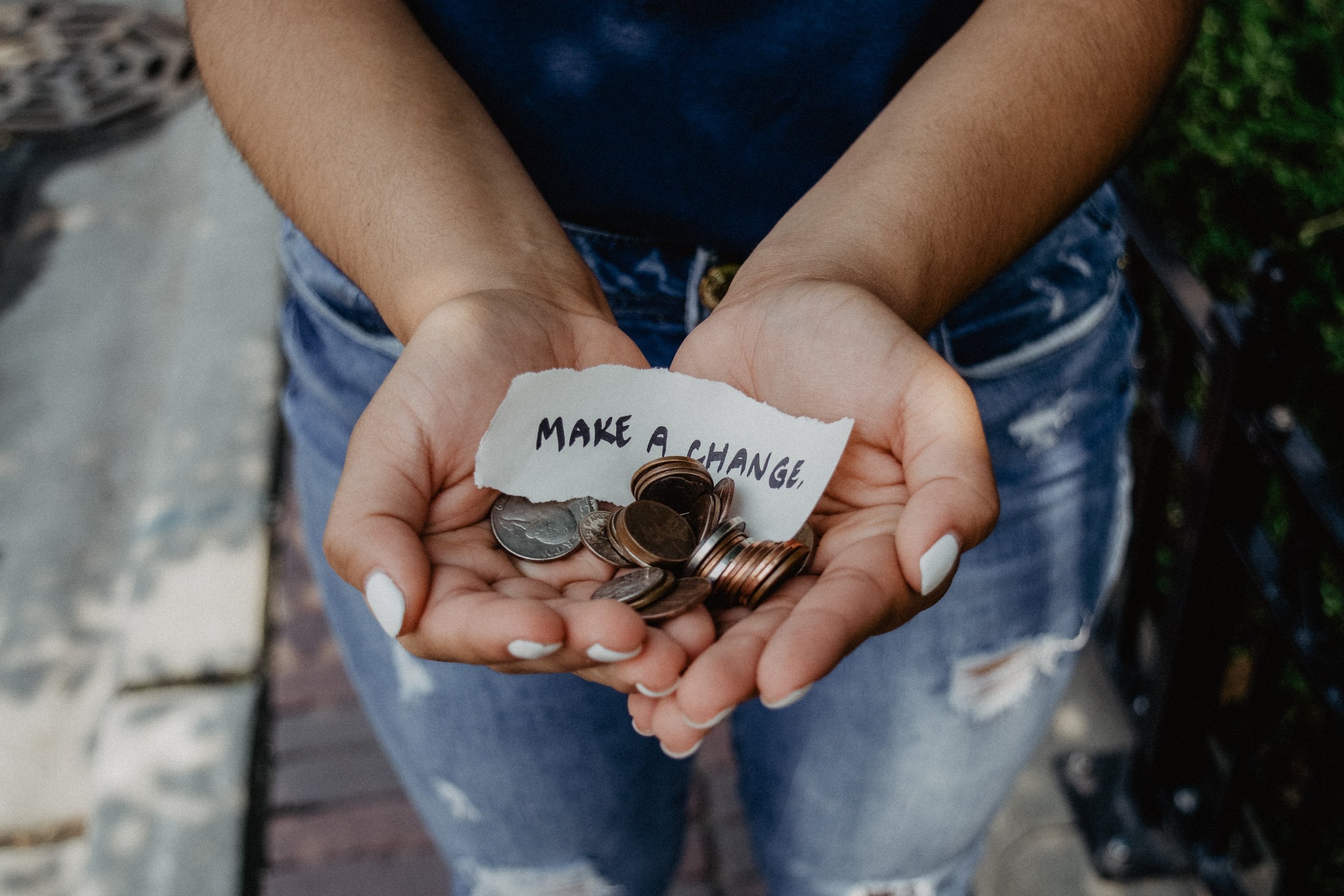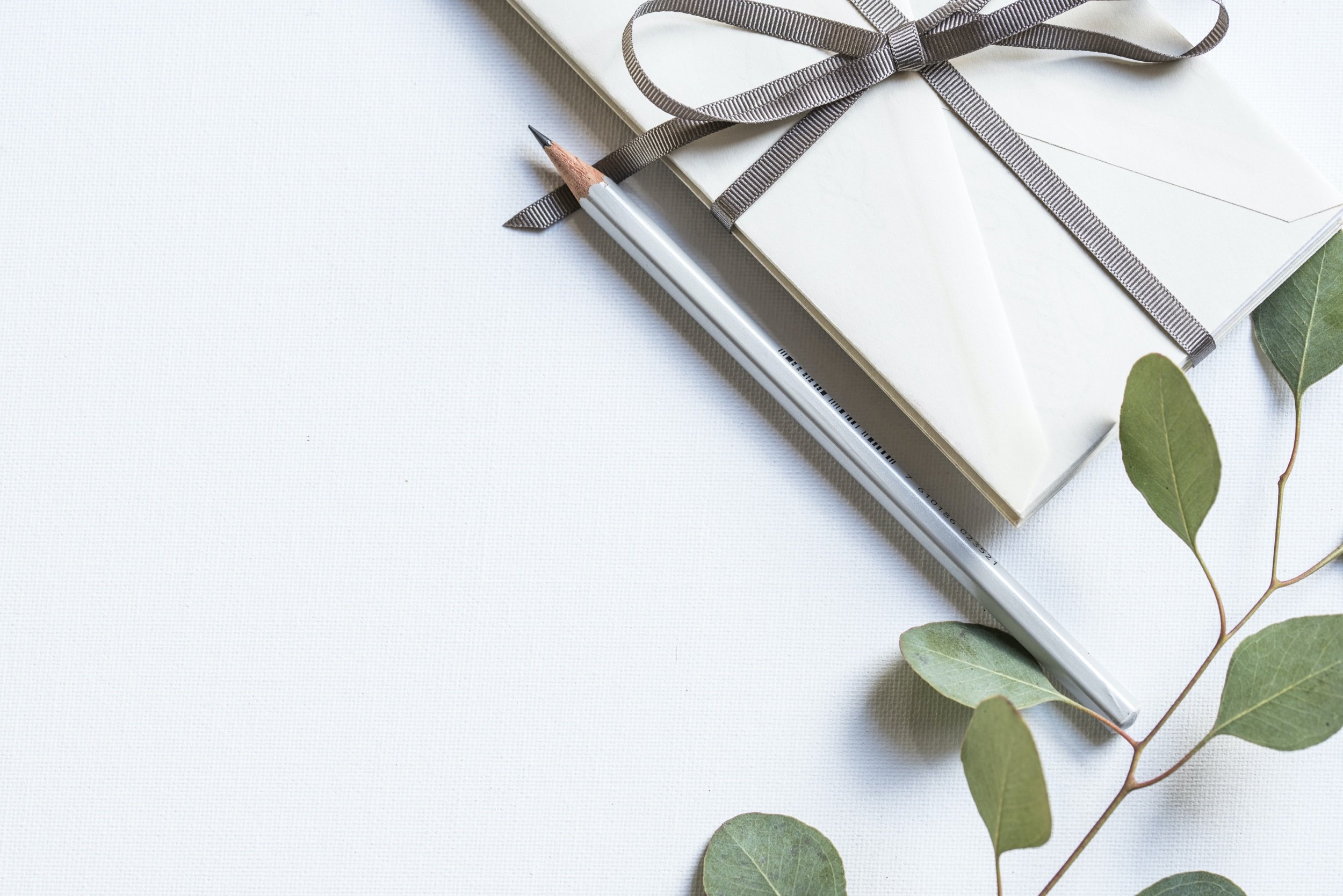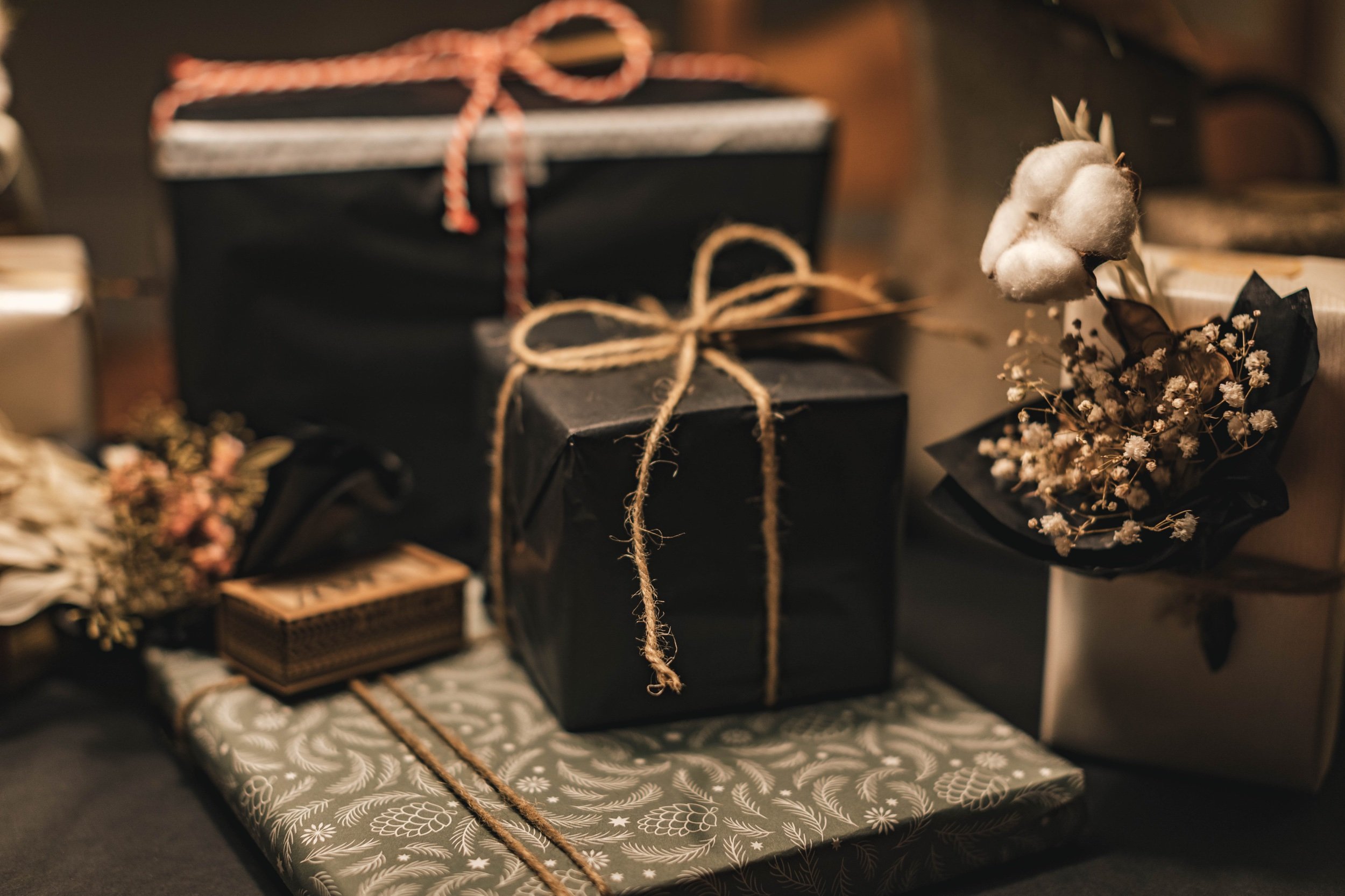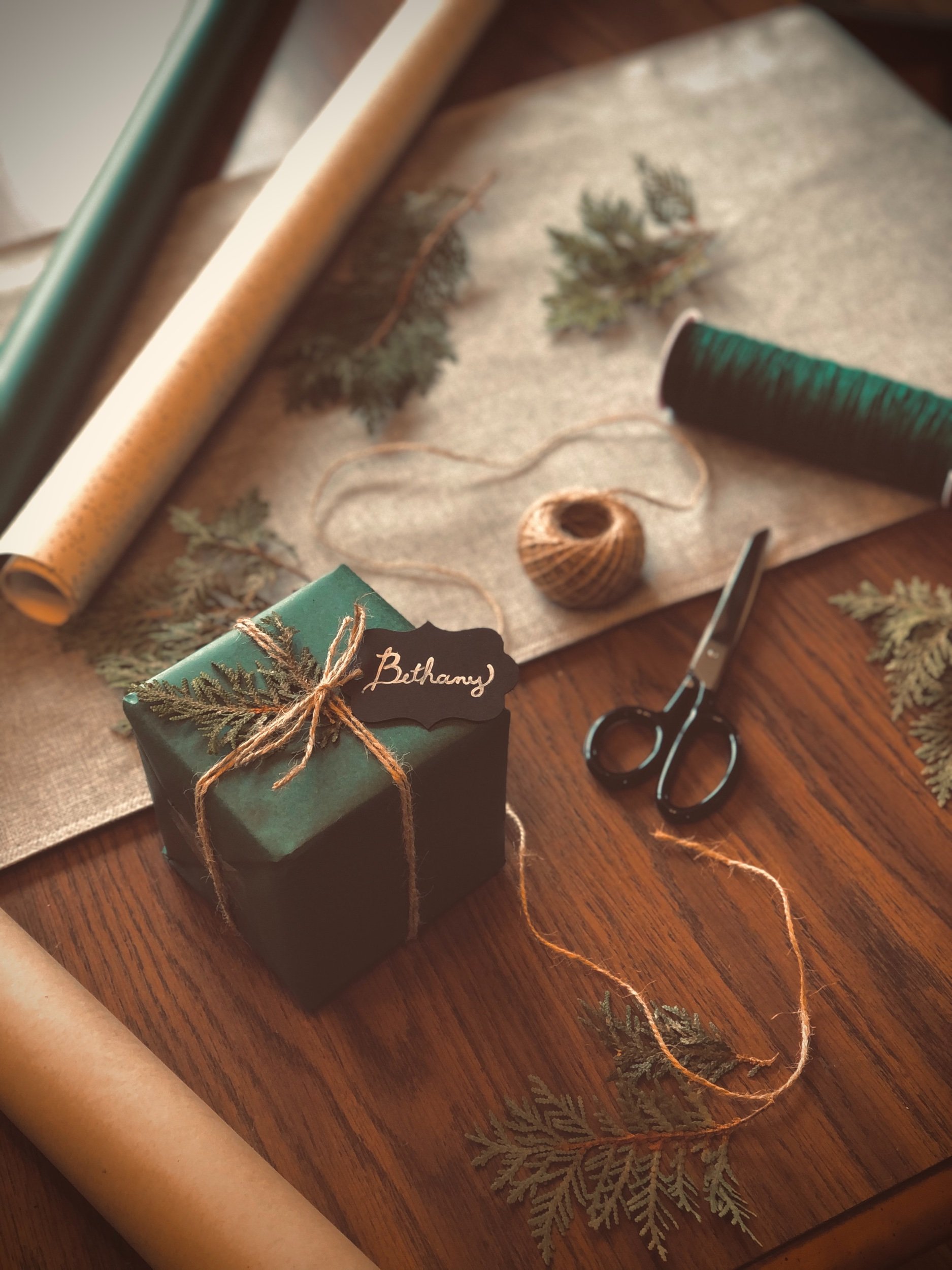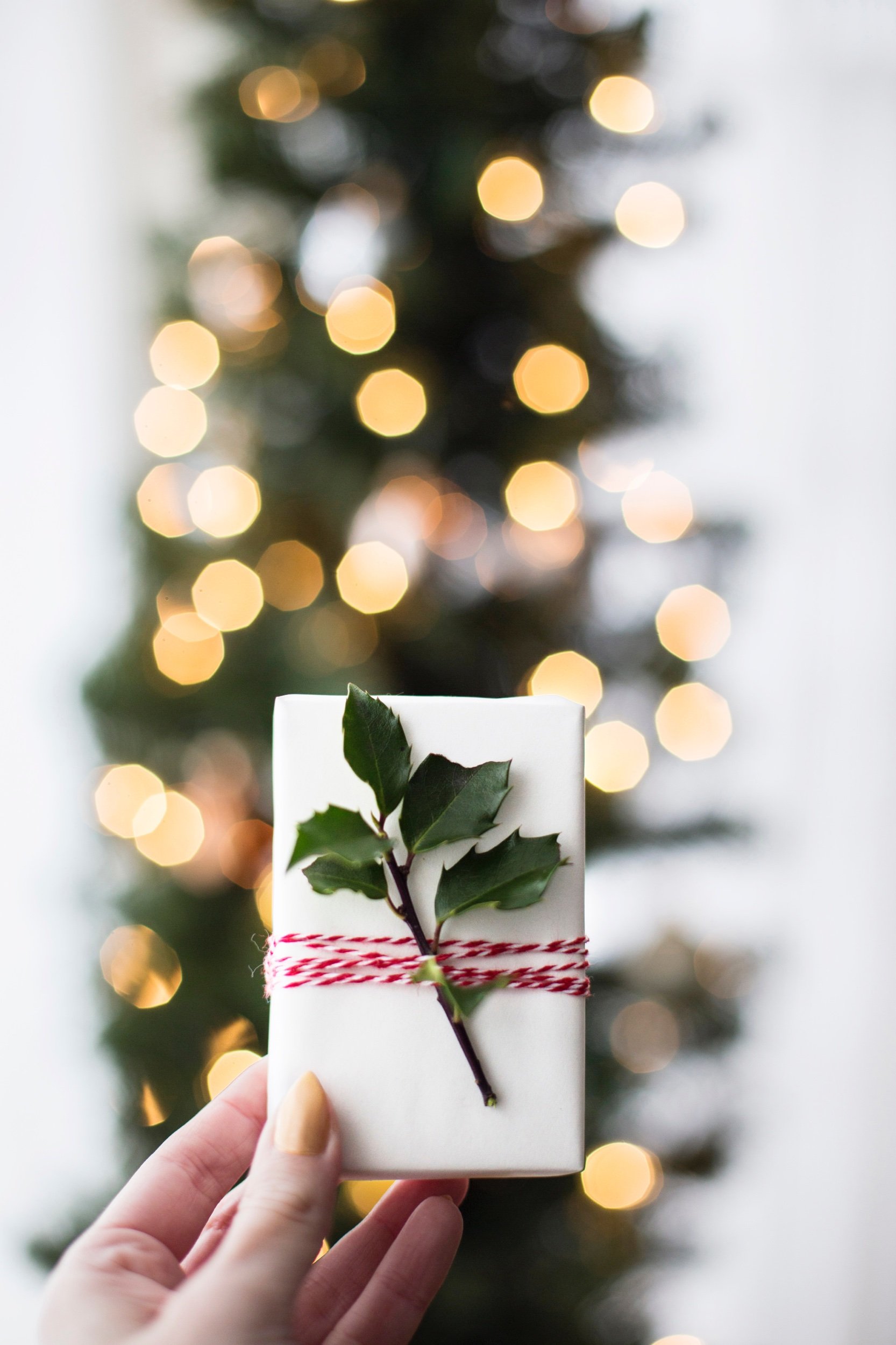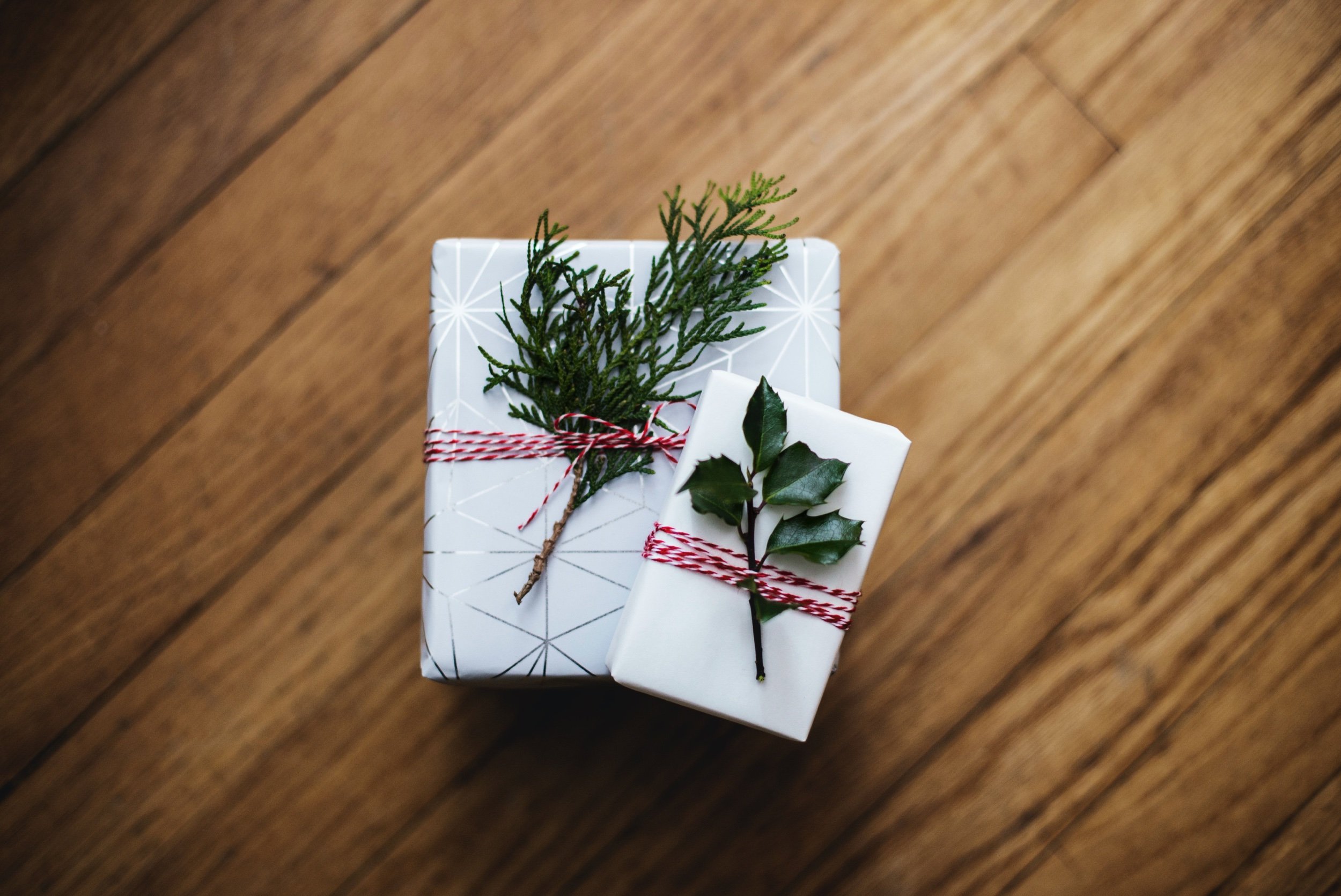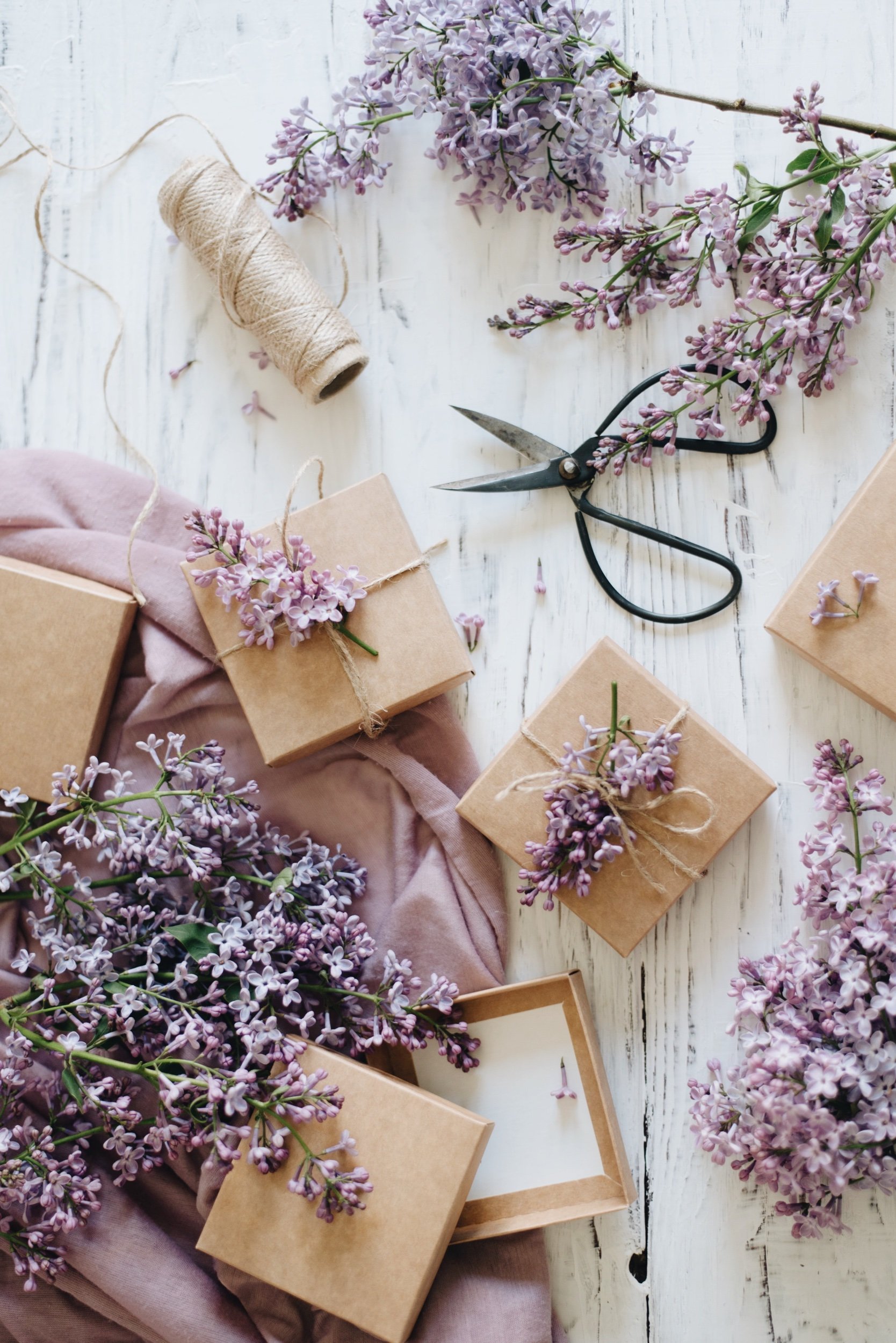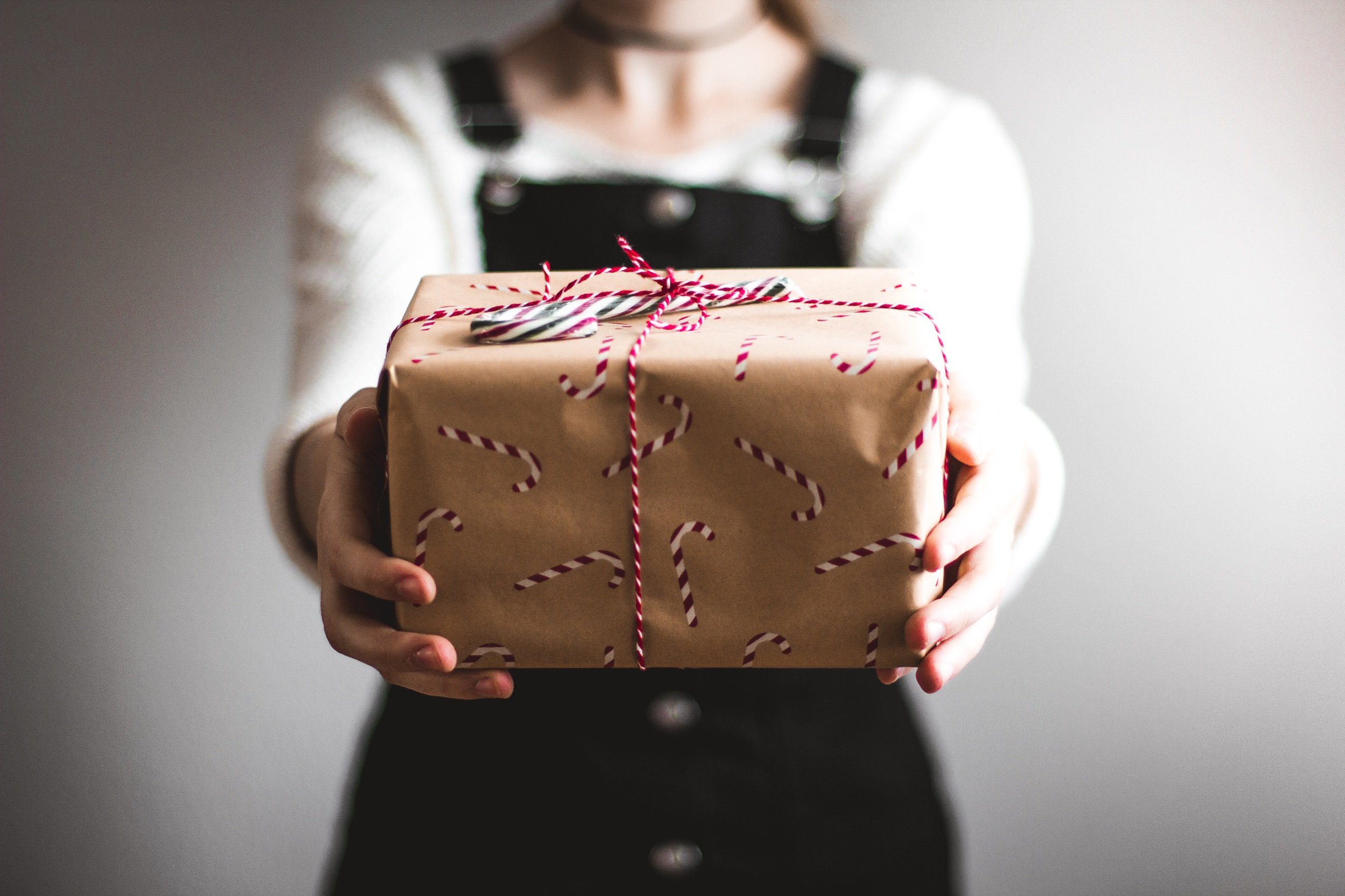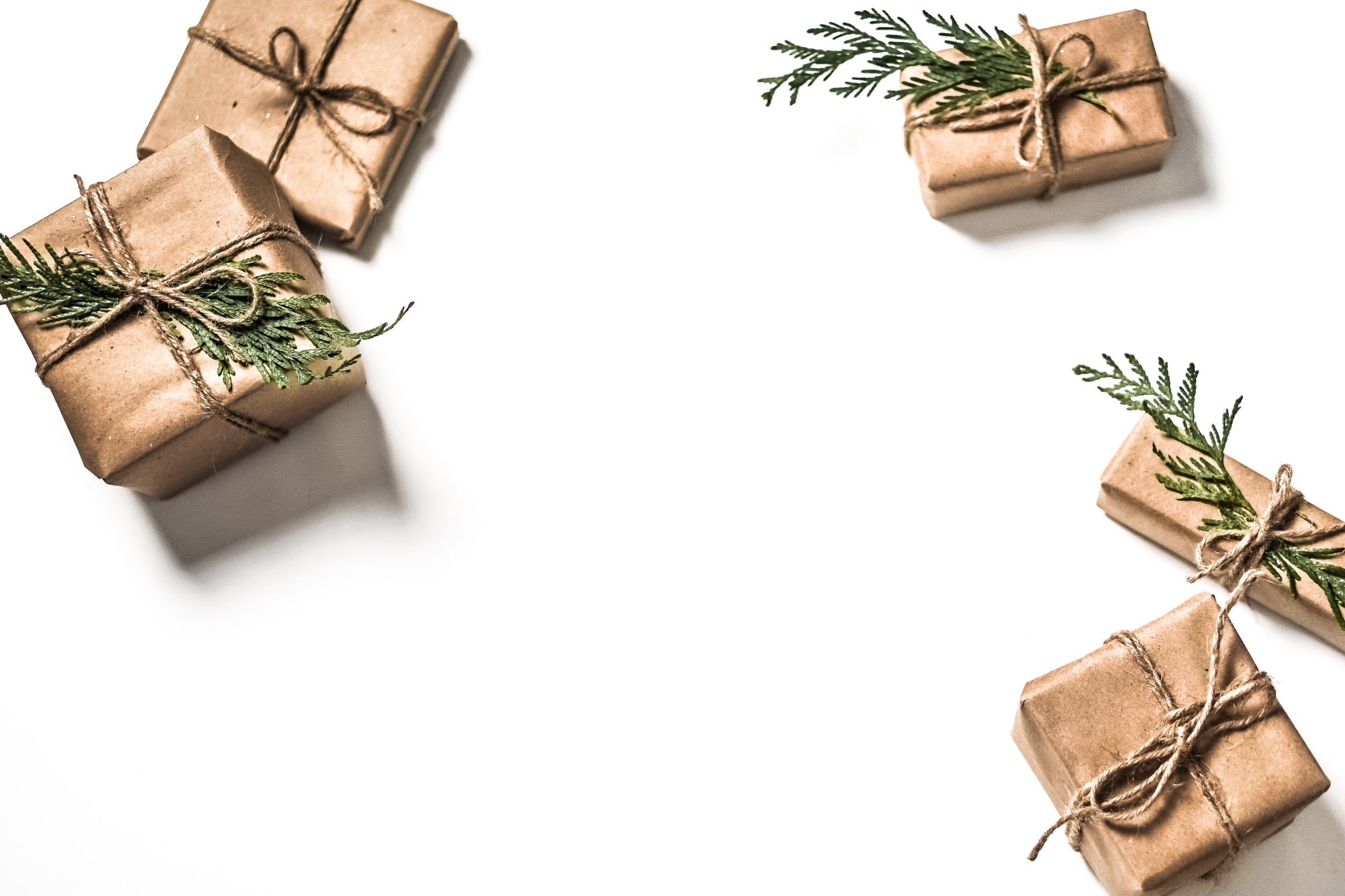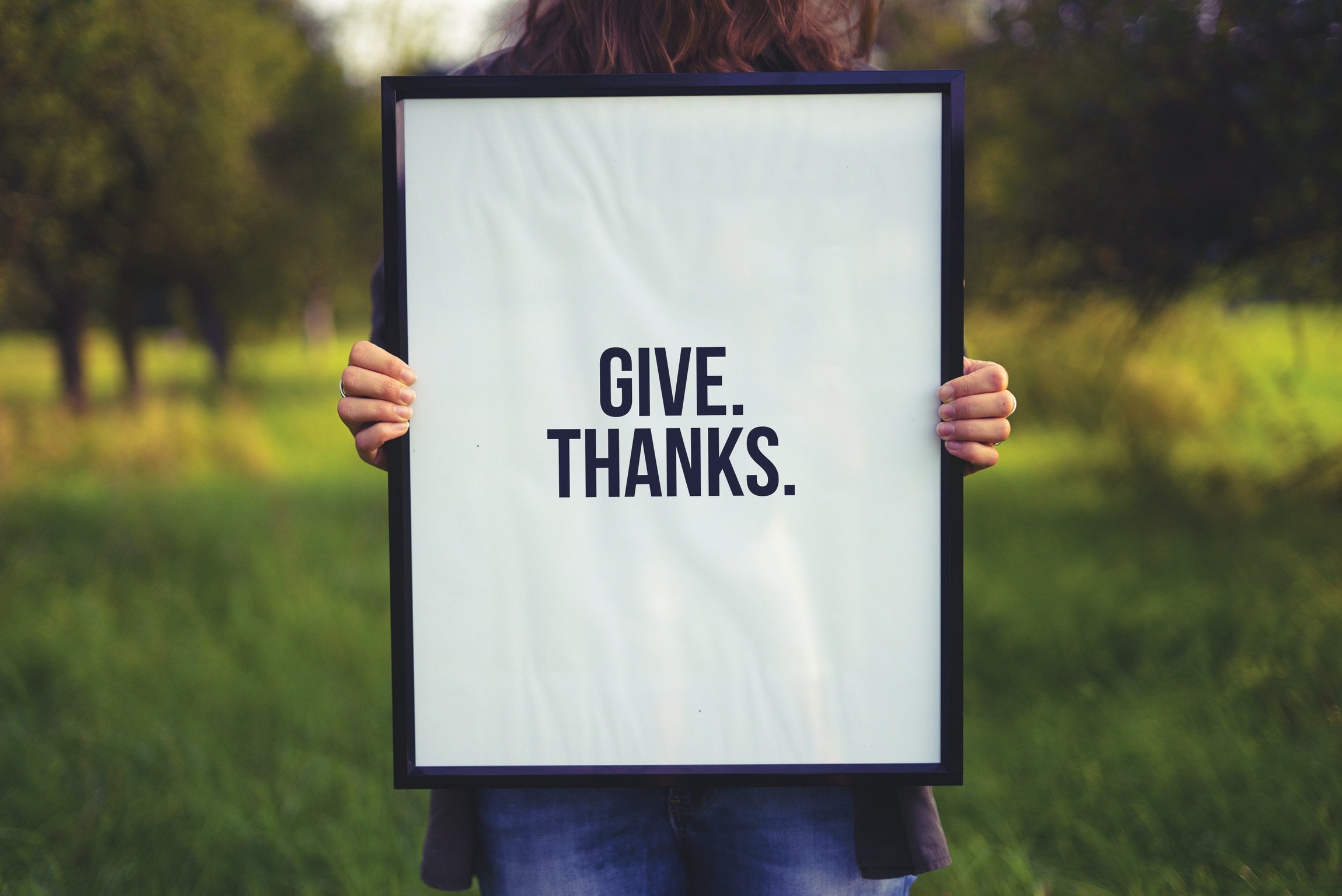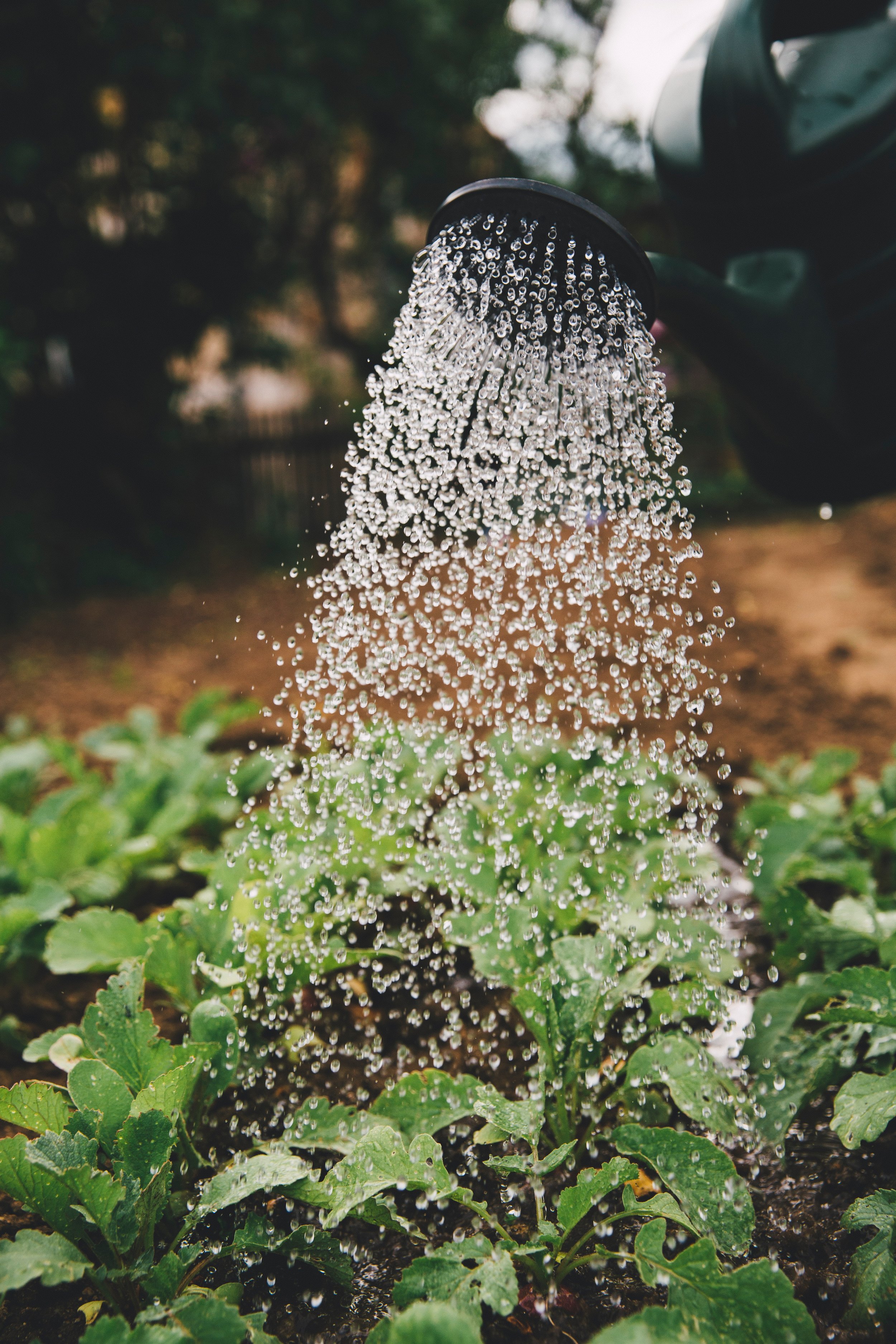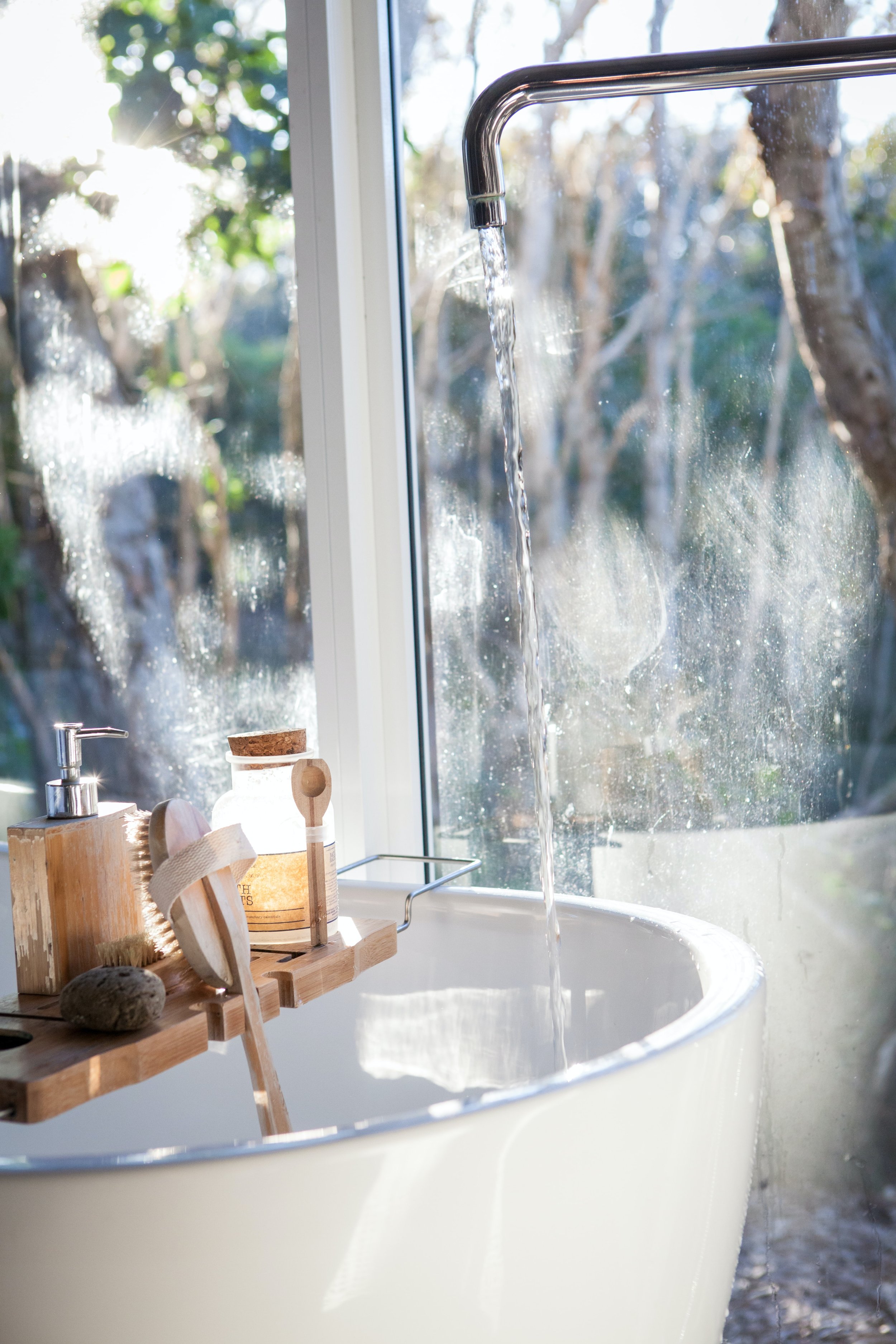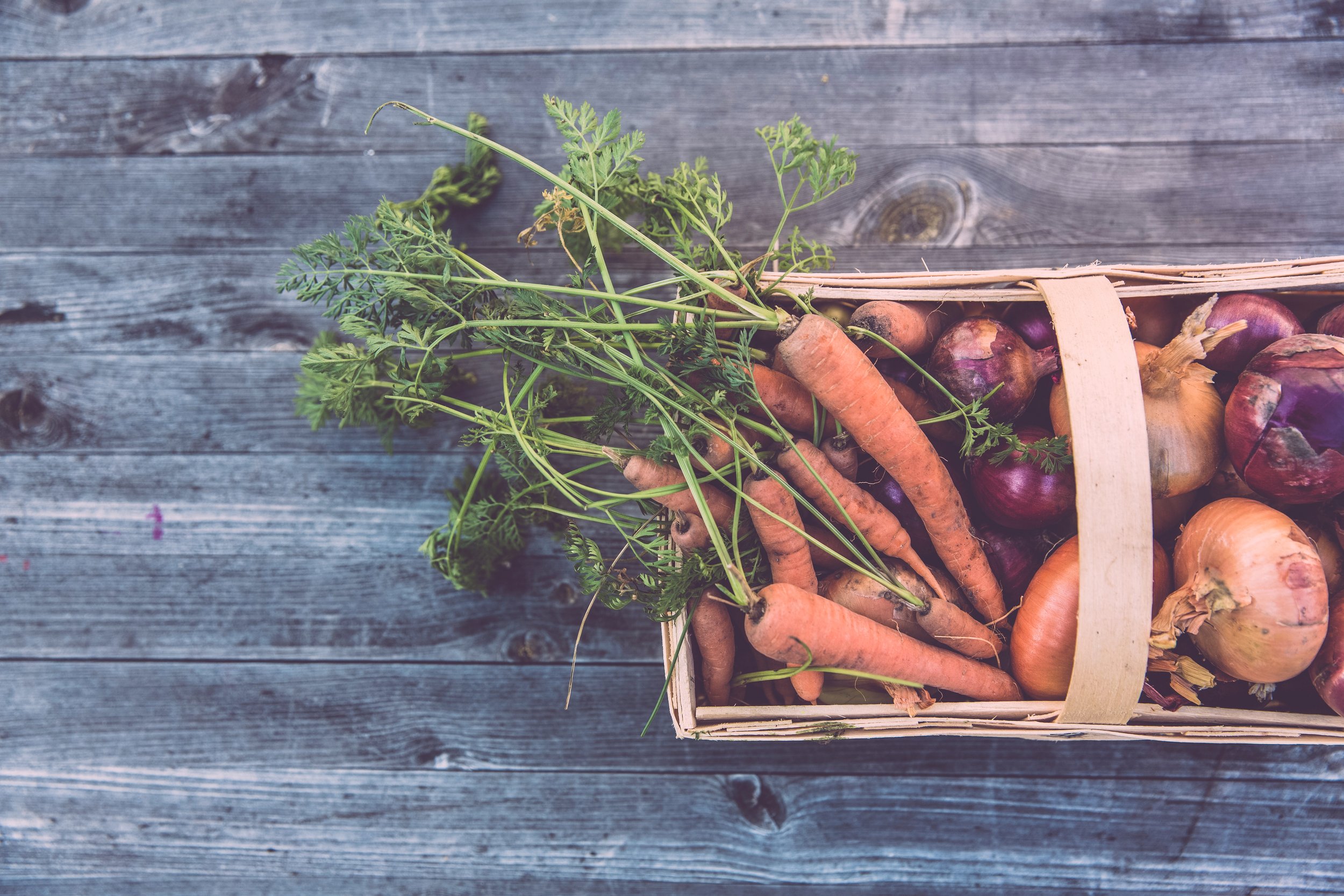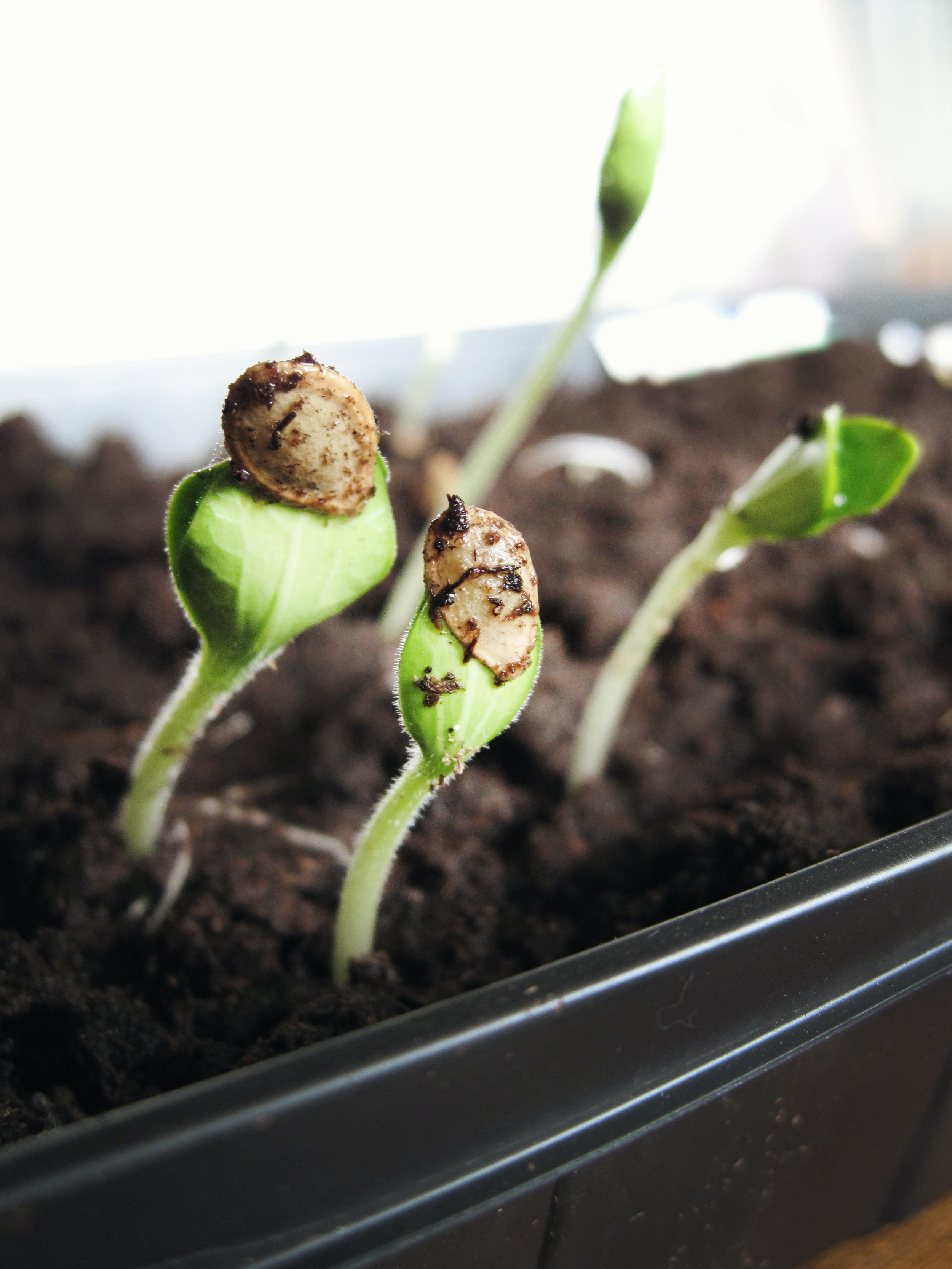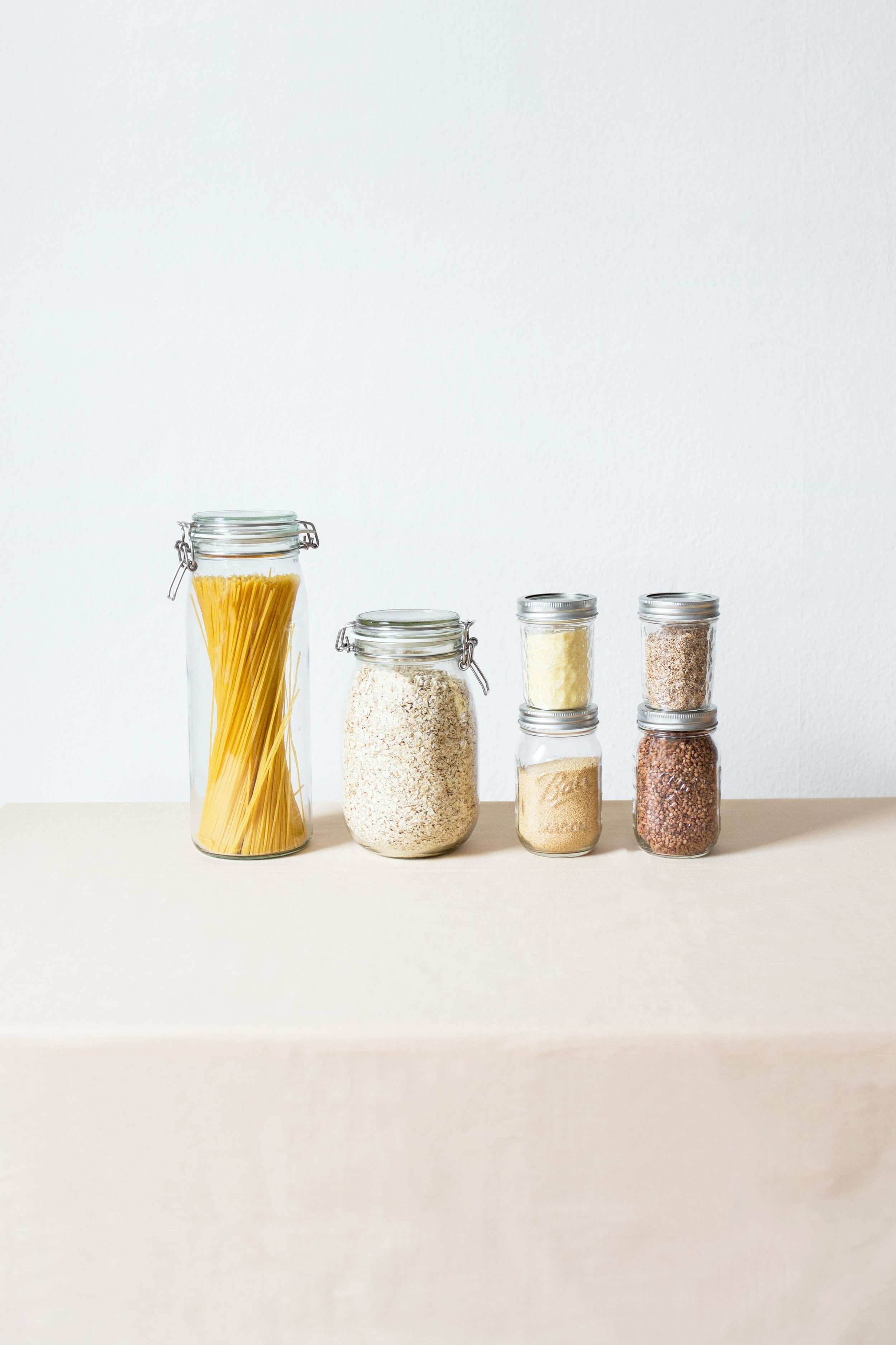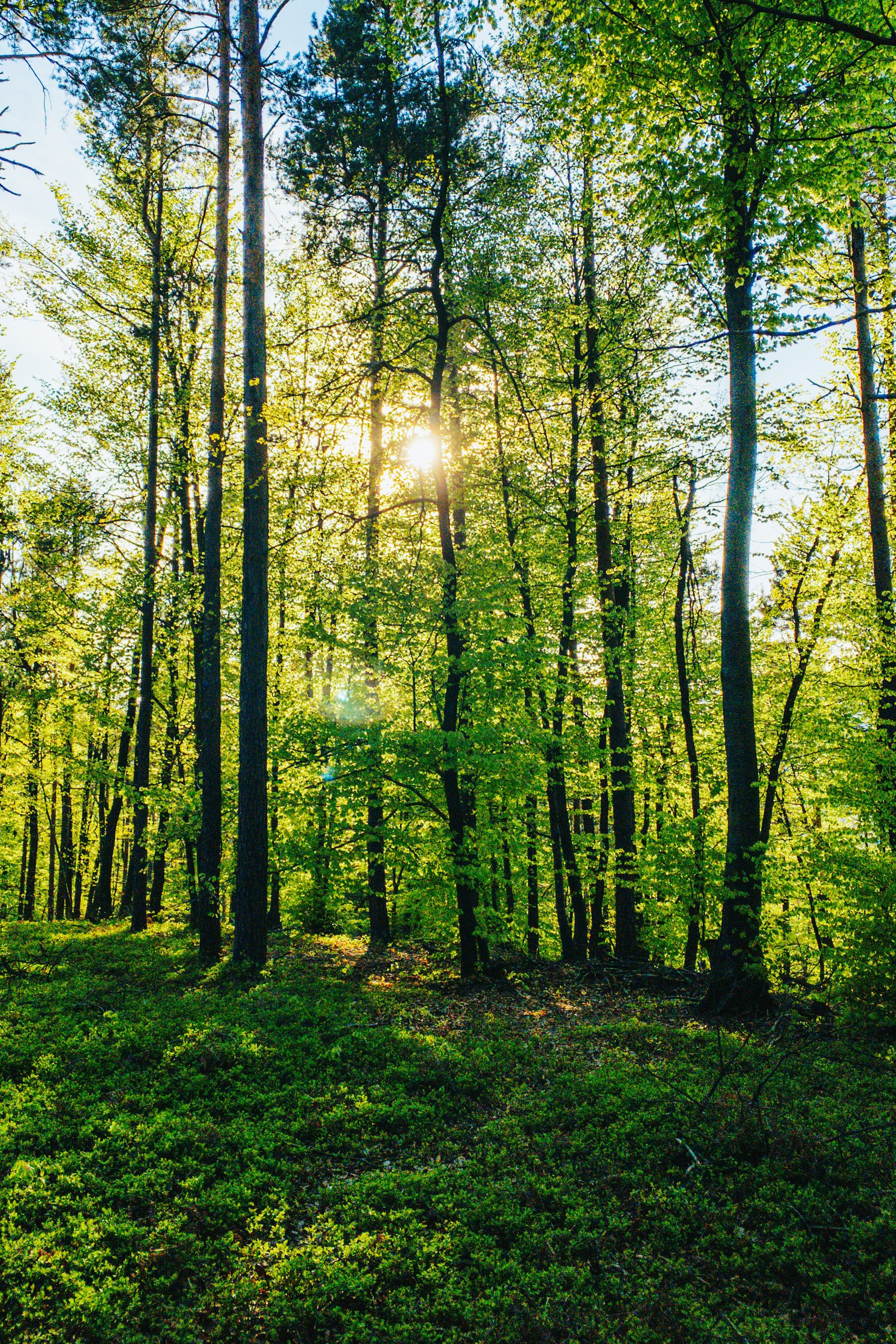In a world where beauty trends change rapidly, it’s easy to accumulate products that harm both the environment and our skin. But beauty doesn’t have to come at the cost of sustainability.
By making mindful choices, we can build a beauty routine that’s both eco-friendly and effective. Not sure how sustainable your beauty products are? Try our free quiz!
Here’s how to embrace a sustainable beauty routine without compromising on quality or results.
Photo by Kalos Skincare on Unsplash
1. Choose Sustainable and Ethical Brands
The easiest way to make your beauty routine greener is by supporting brands that prioritise sustainability. Look for companies that:
• Use natural, organic, or upcycled ingredients (COSMOS*)
• Offer refillable or minimal packaging.
• Commit to cruelty-free and vegan formulas (Ve or Leaping Bunny)
• Support ethical sourcing and fair-trade practices.
• Are B Corps
*COMOS = Cosmetic Organic and Natural Standard
Look out for small local sustainable brands at Makers’ Markets and indie makers’ shops.
Photo by Viva Luna Studios on Unsplash
These well-established companies are all UK-based
• B- Corp, The Body Shop is well-known for its affordable eco-friendly beauty products. It uses 100% recycled plastic in many of its products, is committed to Fair Trade and offers a recycling program in stores.
• Lush is famous for its fresh, handmade cosmetics. Using minimal packaging, they encourage customers to return containers for recycling. Their products are often vegan and cruelty-free.
• Neal's Yard Remedies emphasizes organic and natural ingredients. They use recyclable packaging and have a strong commitment to sustainability and ethical sourcing.
• Rituals focuses on creating luxurious products inspired by ancient traditions. They are committed to sustainable practices and use recyclable materials in their packaging.
• Green People specialises in organic skincare and beauty products prioritising natural ingredients and eco-friendly packaging. Certified cruelty-free, they offer many vegan products.
• Wild makes refillable deodorants that use sustainable materials. The brand emphasizes reducing plastic waste and offers a range of natural, vegan options.
• Flora & Curl specialises in natural hair care products for curly hair. They use organic ingredients and eco-friendly packaging, focusing on sustainability and ethical sourcing.
• Evolve Beauty offers a range of natural and organic skincare products made in small batches in the UK. They use sustainable packaging and focus on eco-friendly practices throughout their production process.
Photo by Eir Health on Unsplash
2. Simplify Your Beauty Routine
Less is more when it comes to sustainability. Instead of multiple using products, opt for multi-purpose beauty essentials like:
• A tinted moisturiser with SPF—hydrates, protects, and evens out skin tone.
• Multipurpose balms—great for lips, cheeks, and cuticles.
• Cleansing oils—remove makeup and cleanse skin in one step.
Photo by mahdi chaghari on Unsplash
3. Switch to Plastic-Free & Refillable Packaging
The beauty industry generates 120 billion units of plastic waste annually, most of which isn’t recyclable. Opt for:
• Glass, metal, or bamboo packaging instead of plastic.
• Refillable beauty products, such as shampoos, foundations, and perfumes.
• Solid beauty bars (shampoo, conditioner, and cleanser) to cut down on single-use bottles.
Many sustainable brands including Lush, Neal’s Yard, Beauty Kitchen and Evolve Organic Beauty offer postal refill services, making it even easier to reduce packaging waste.
Photo by Towfiqu barbhuiya on Unsplash
4. DIY Your Beauty Products
Making your own beauty products reduces waste and ensures clean, natural ingredients. Simple DIY ideas include:
• Face mask: Mix oats, honey, and yogurt for a soothing treatment.
• Body scrub: Combine coffee grounds, coconut oil, and sugar for an exfoliating scrub.
• Lip balm: Melt beeswax, shea butter, and coconut oil for a nourishing balm.
5. Beauty Tools Swaps
Swap disposable beauty items for reusable alternatives, such as:
• Bamboo makeup brushes and toothbrushes instead of plastic ones.
• Reusable cotton rounds or cloths instead of single-use wipes.
• Menstrual cups or reusable pads/ pants instead of disposable tampons.
• Safety razors instead of plastic razors.
Photo by Nataliya Melnychuk on Unsplash
6.Recycle and Repurpose Your Products
When you finish a product, check if the packaging is recyclable. Some brands, like Lush and MAC, offer take-back programs where you can return empty containers in exchange for discounts or free products.
To make it even easier to recycle, the British Beauty Council launched The Great British Beauty Clean-up in March this year. Visit their site to locate your nearest Beauty Takeback Recycling Point
https://britishbeautycouncil.com/recycling-points/
You can also repurpose jars and bottles—use them for DIY beauty products, storage, or even as plant holders!
Go to the end to download our handy free recycling chart.
Photo by Marine Sintes on Unsplash
7. Add a recycling bin to your Bathroom
Research shows that bathroom and beauty products often get left out of recycling routines and end up in landfill. Putting a small recycling bin makes it easier to send paper and plastic products to the right place.
Look out for small “double” bins with two compartments if you are short of space.
Photo by Alexander Mass on Unsplash
8. Support Sustainable Beauty Trends
The beauty industry is evolving, and sustainability is at the forefront. Some exciting trends include:
• Waterless beauty—concentrated formulas with little to no water usage.
• Upcycled ingredients—brands using byproducts from food industries (like coffee or fruit peels) in skincare.
• Slow beauty—prioritising quality, multi-use products over excessive consumption.
By supporting these innovations, you help push the beauty industry toward a greener future.
Photo by Nataliya Melnychuk on Unsplash
9.One Swap at a Time
Sustainable beauty isn’t about perfection—it’s about progress. By making small, conscious changes, you can reduce waste, support ethical brands, and create a routine that’s kinder to both your skin and the planet.
Start where you can and remember: every sustainable swap makes a difference!
#SustainableBeauty #EcoFriendlySkincare #GreenBeauty #ZeroWasteBeauty #MindfulLiving
Sustainable Beauty Quiz
Photo by Fleur Kaan on Unsplash
Free Beauty Product Recycling Chart

















